May 4
Iki Island
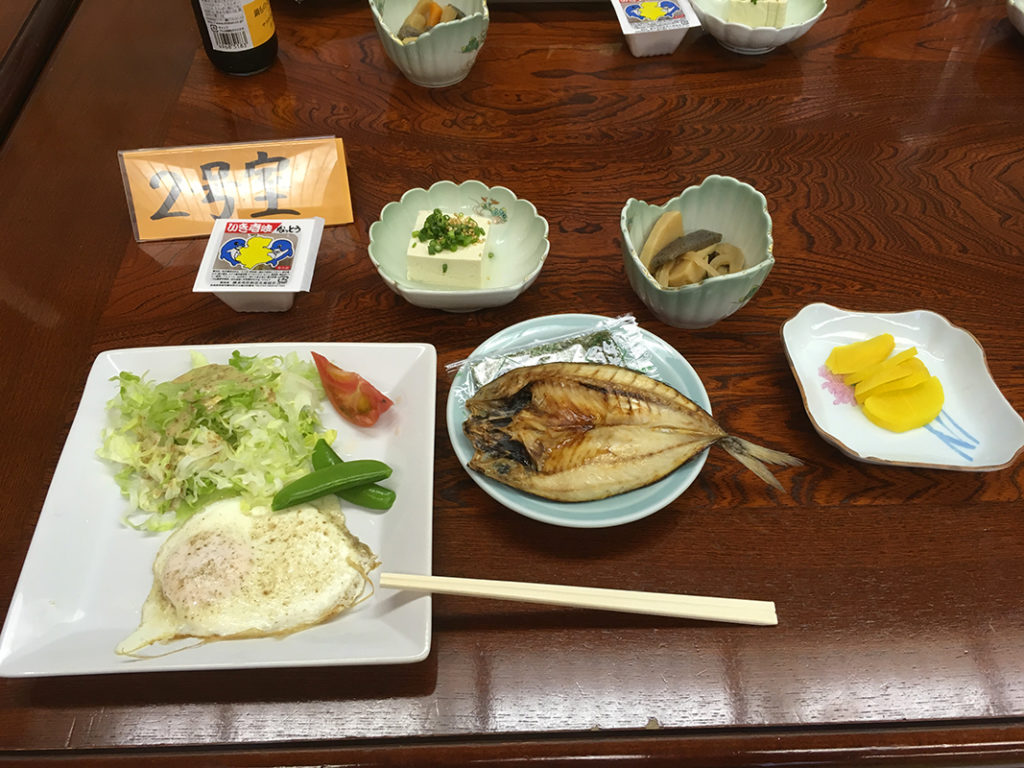
Behold: salad, snap peas, tomato, and egg; fish with packaged nori seaweed; tofu; assorted vegetables and konnyaku, and takuan (pickled daikon radish). Oh. And that little box had natto (fermented soybeans). I did not partake of that one.
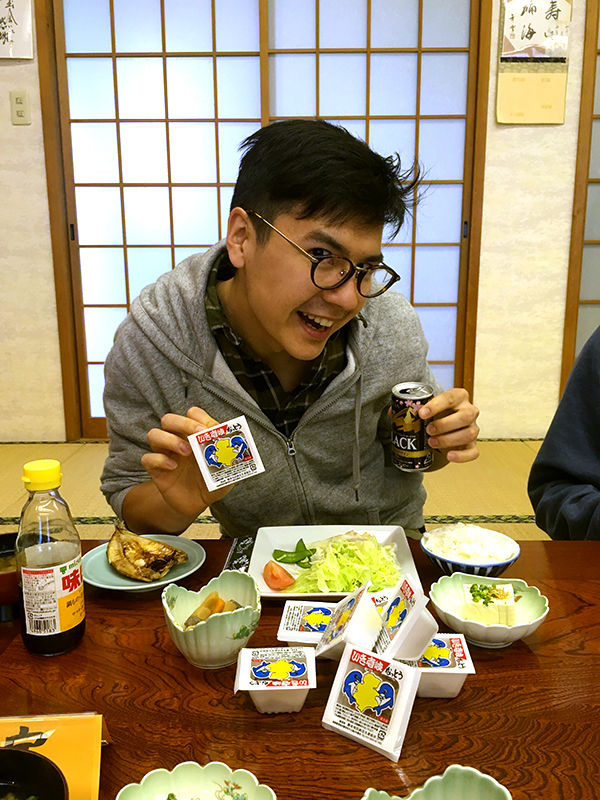
An early start to the day came first with my alarm, then with getting ready, eating a delicious breakfast (where, again Demi-san ate my fish bones; this time he gladly took people’s unwanted natto as well) and putting our room back in order. We were told not to fold up our futon, so leaving them behind, we put our luggage in the dining room and waited for our next excursion, which for me was the shrine tour.
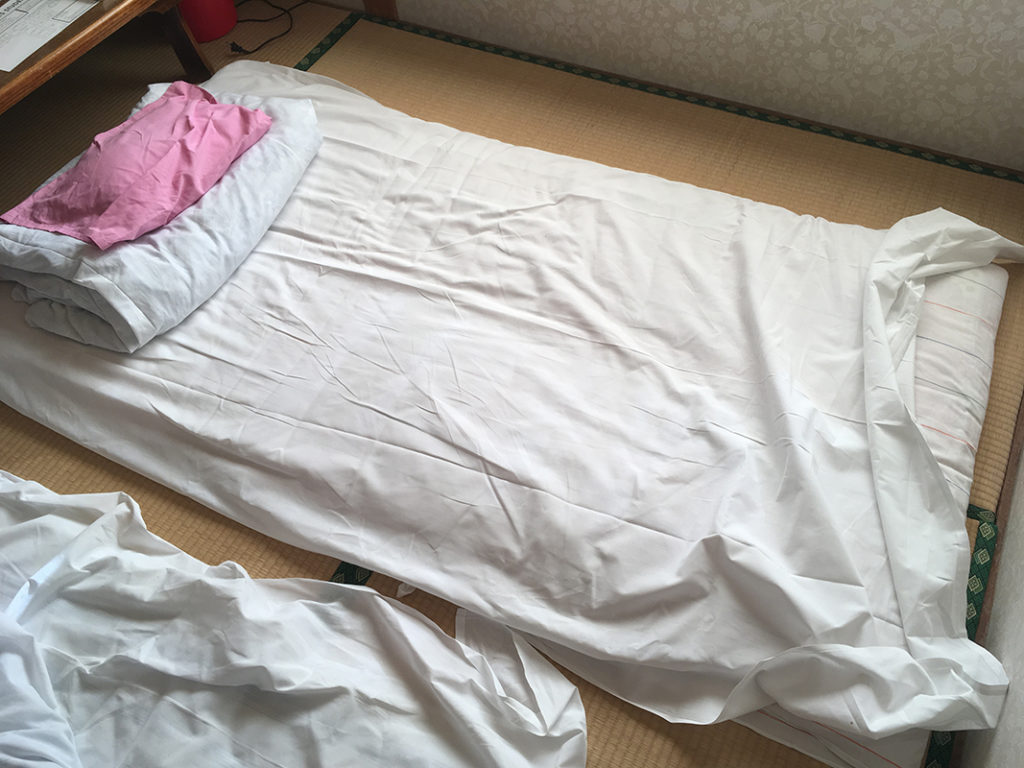
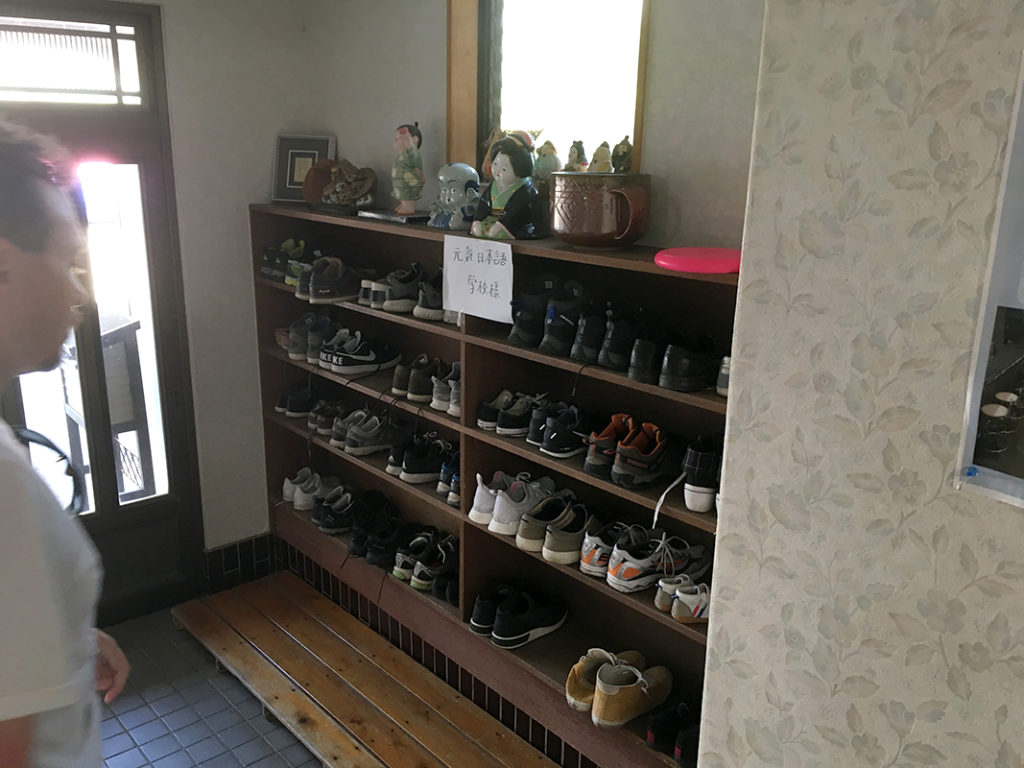
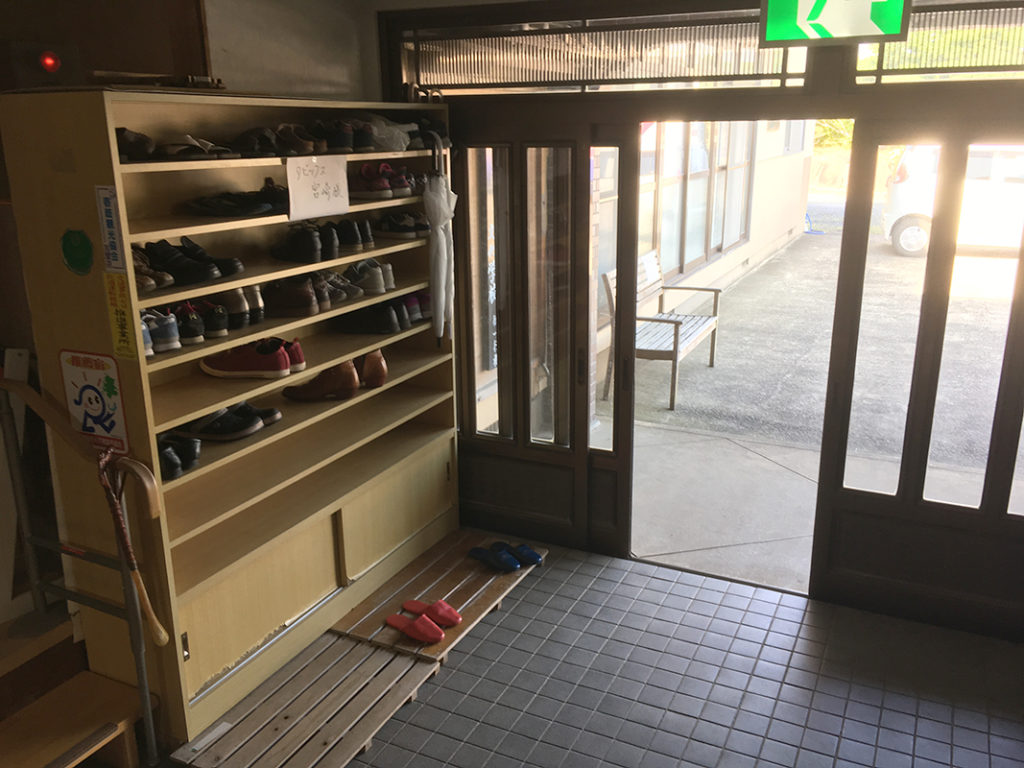
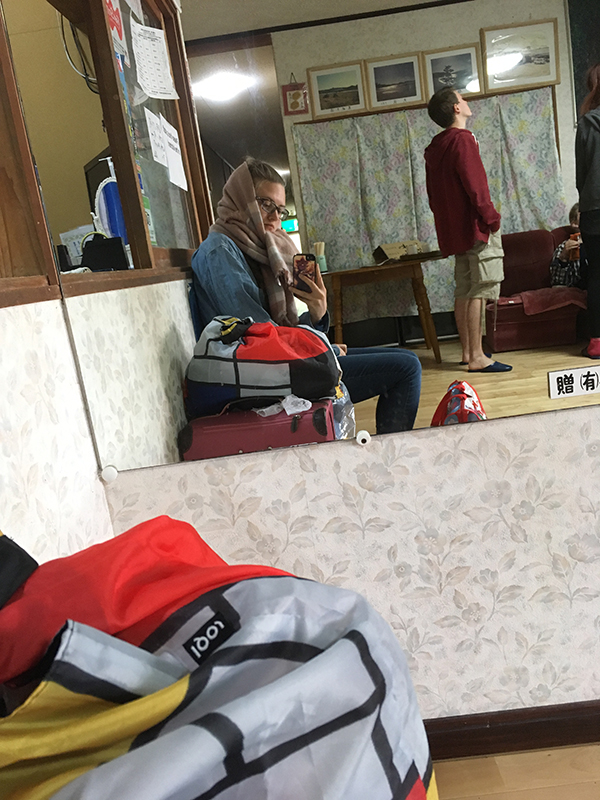
I was so cold lol.
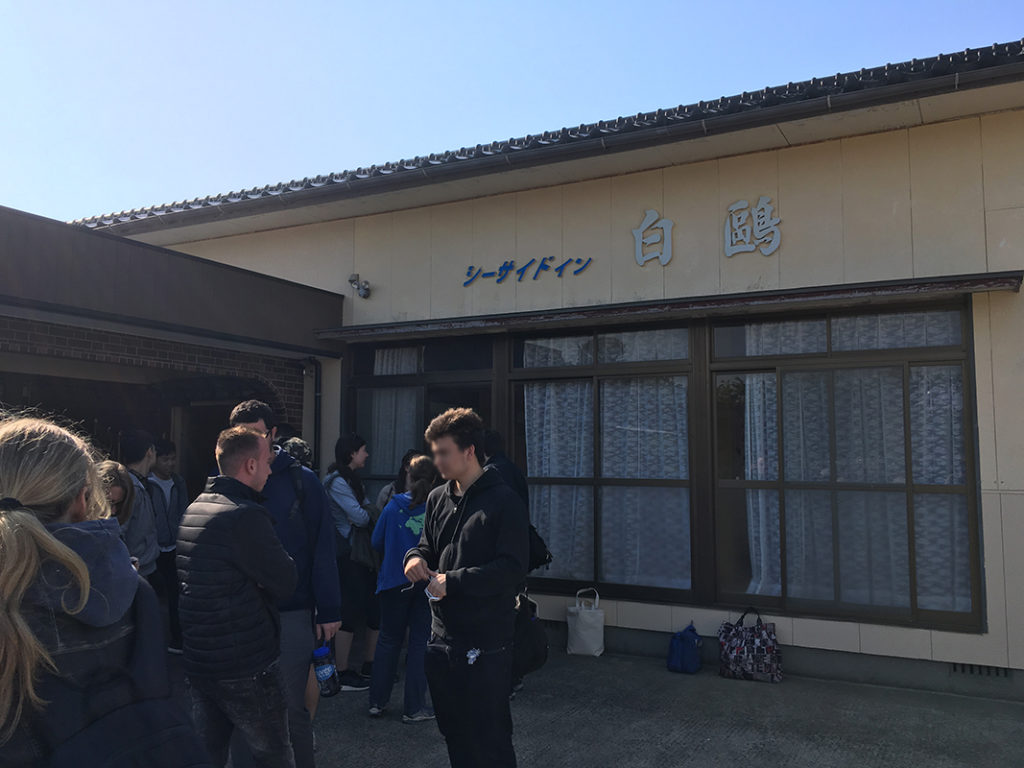
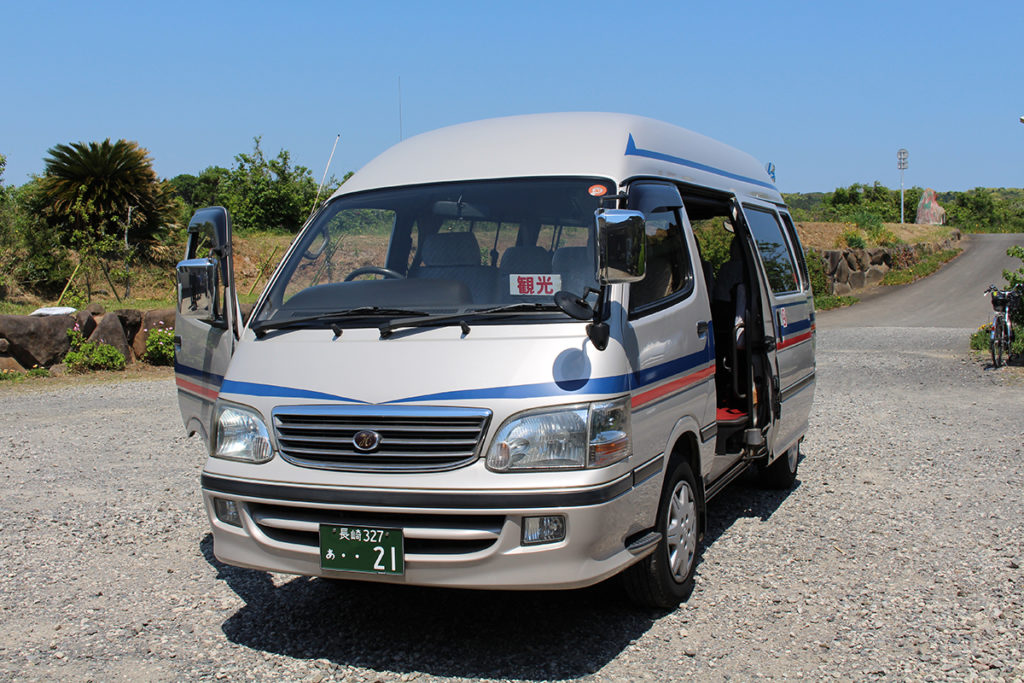
A van carried six of us plus the tour guide and driver, and Demi-san and Hyun Sook (who had signed up for sea urchin prep and cooking, but had to switch because it got cancelled due to waves and her being the only one to sign up) and I believe the tour guide’s husband followed along behind.
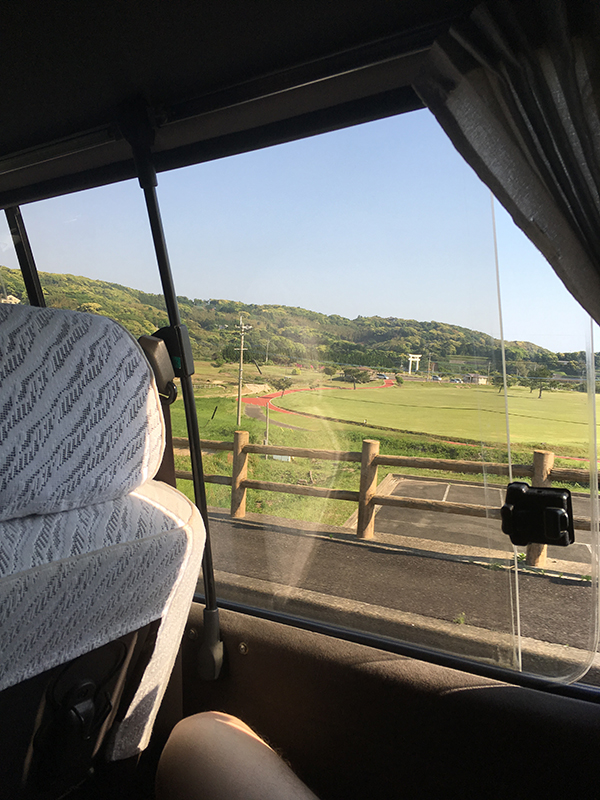
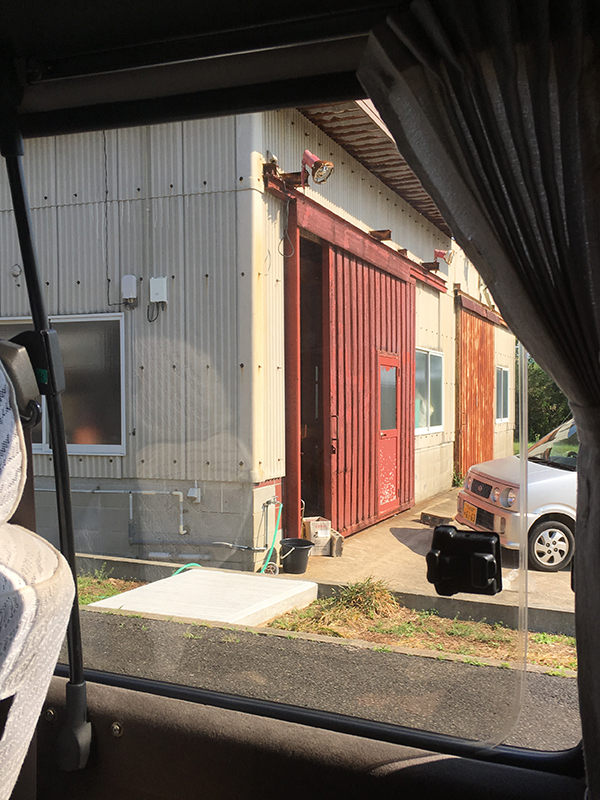
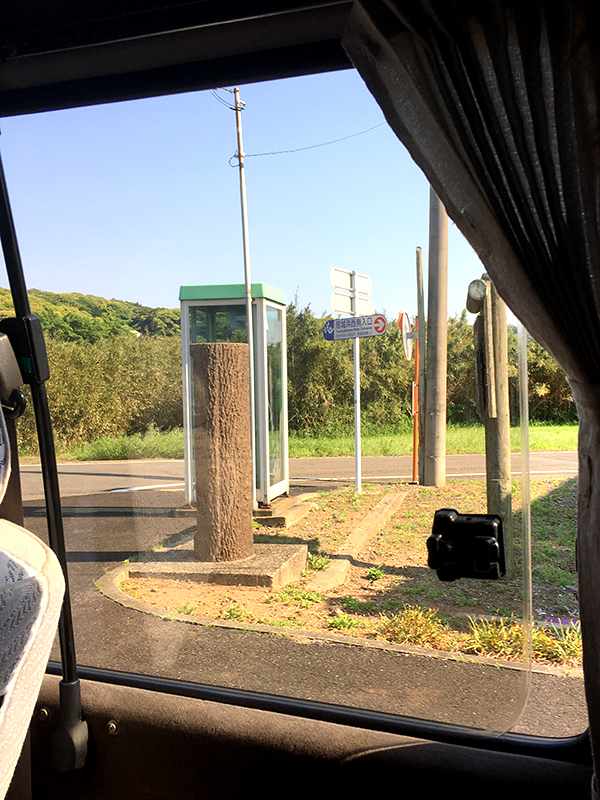
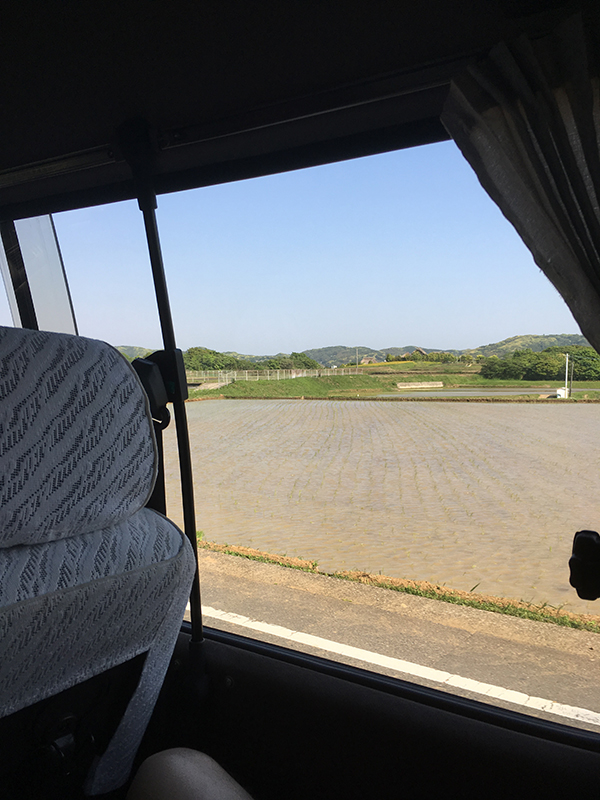
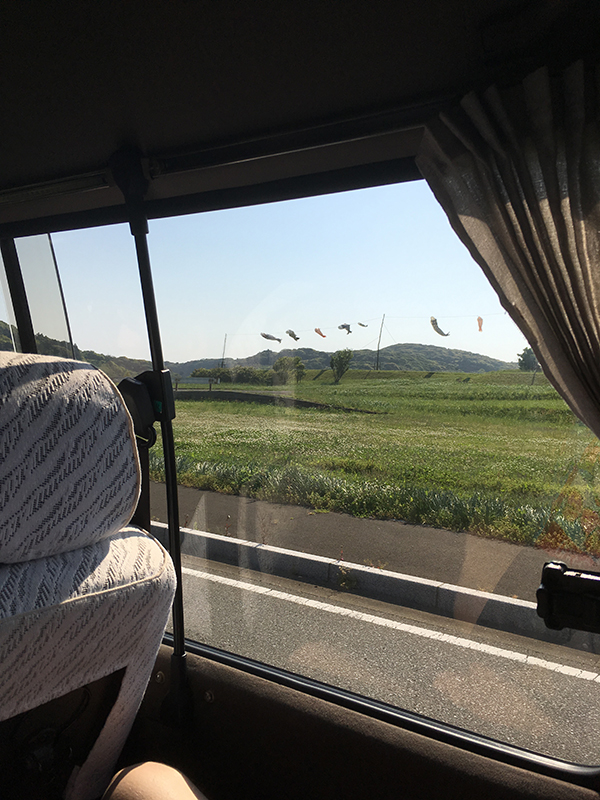
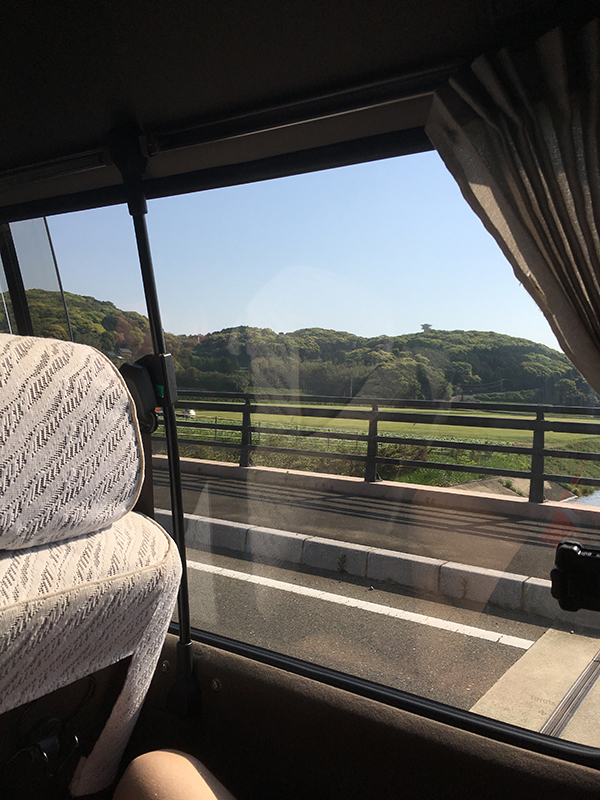
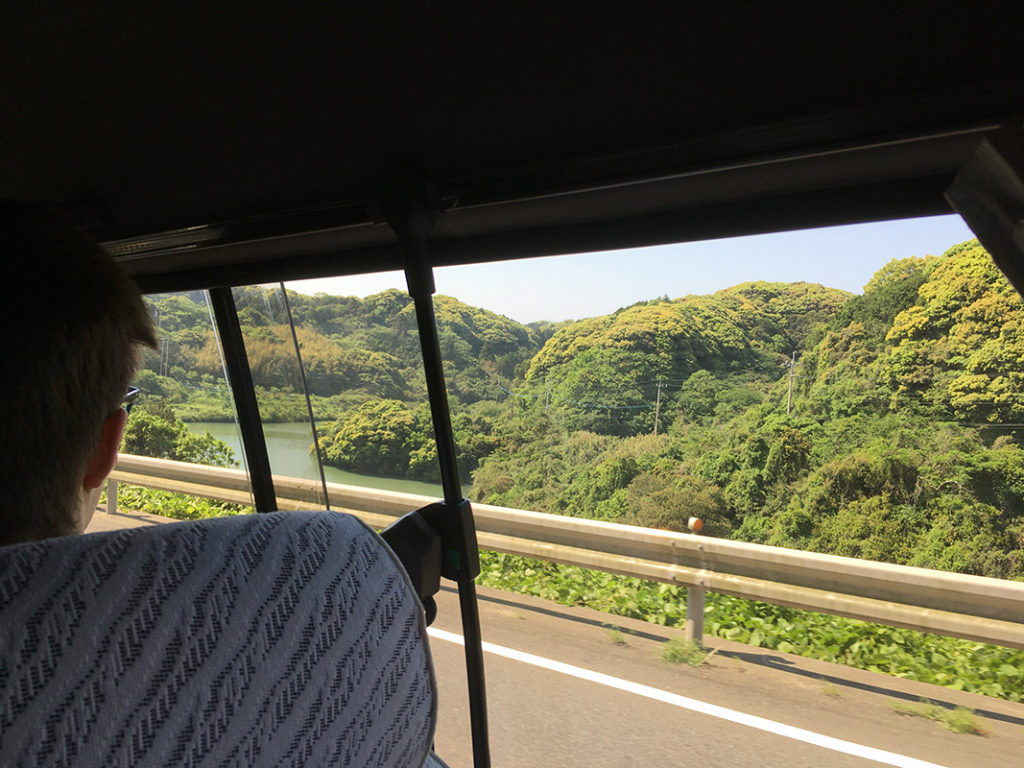
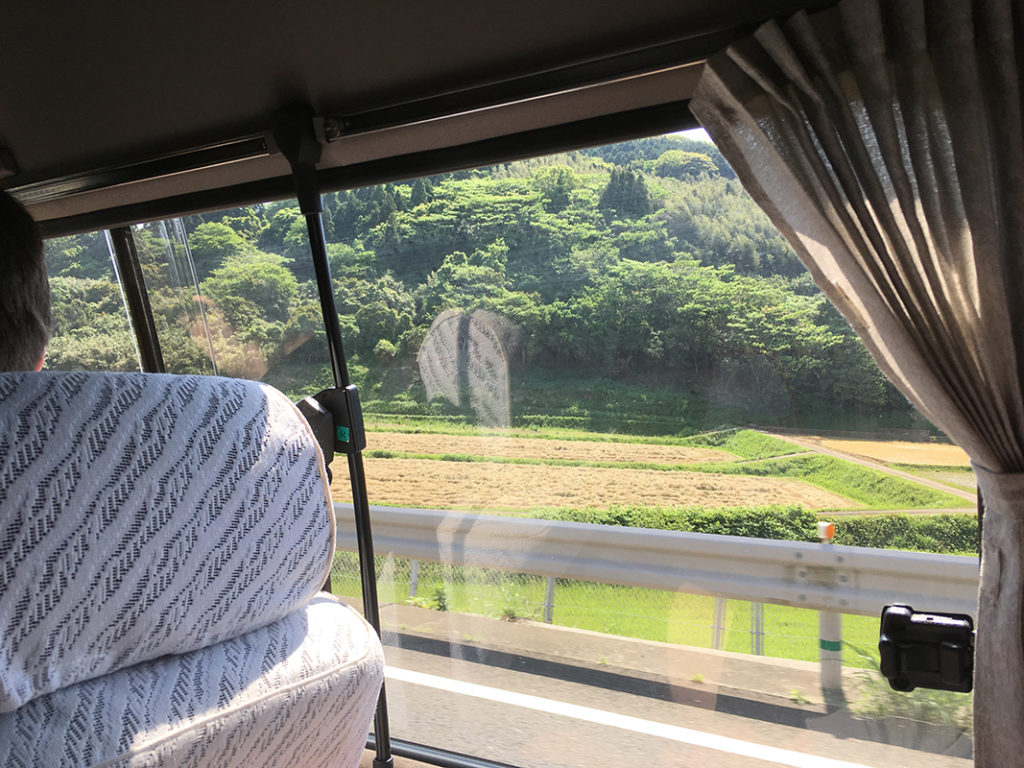
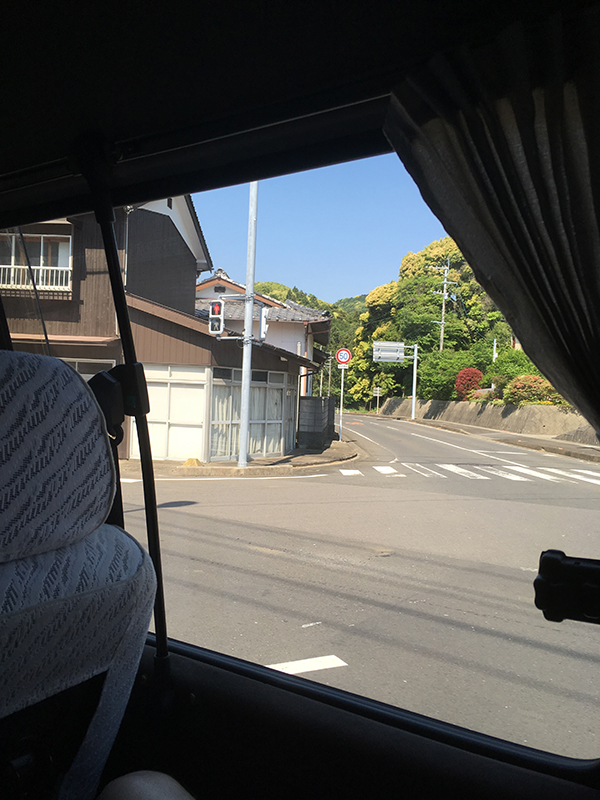
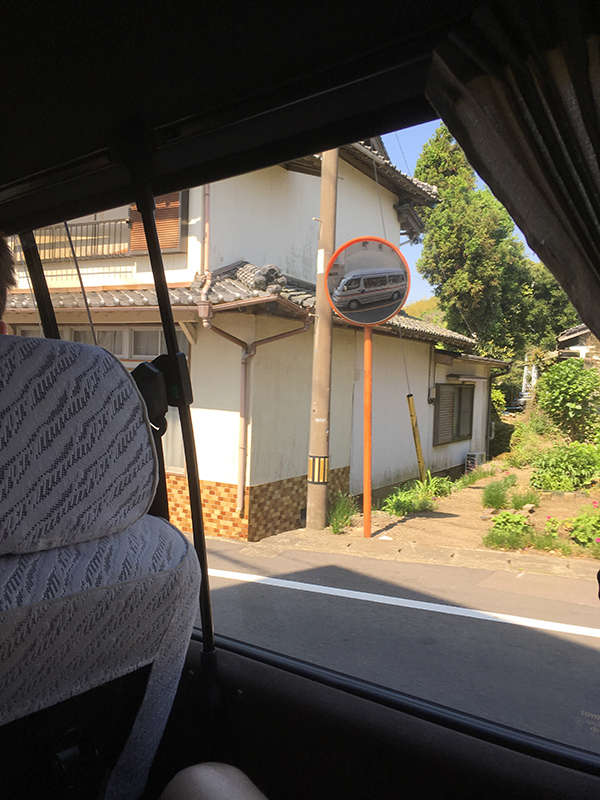
We started off with two shrines in the town, one having a pathway through the center that the god is apparently supposed to walk down, and another one with no such path.
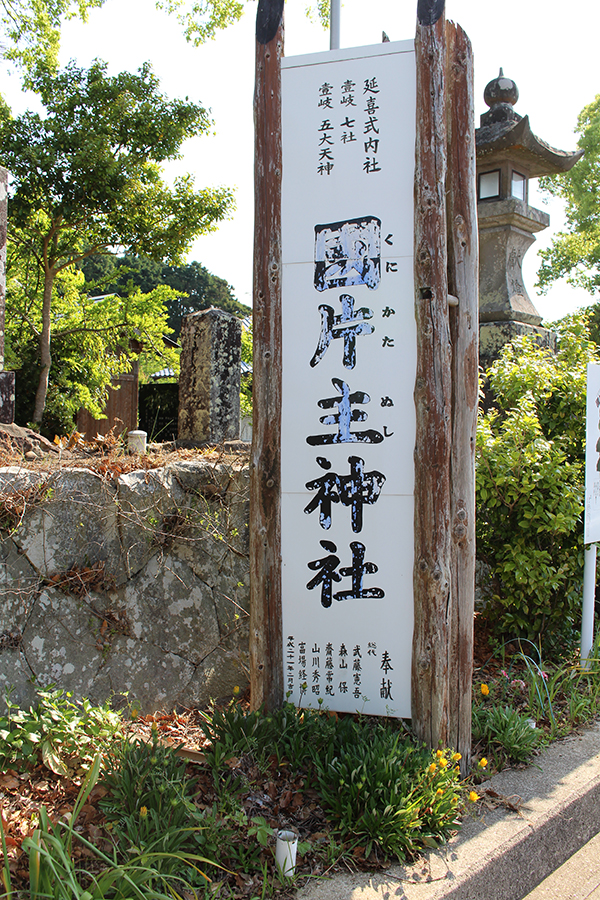
The first shrine was Kunikatanushi Jinja.
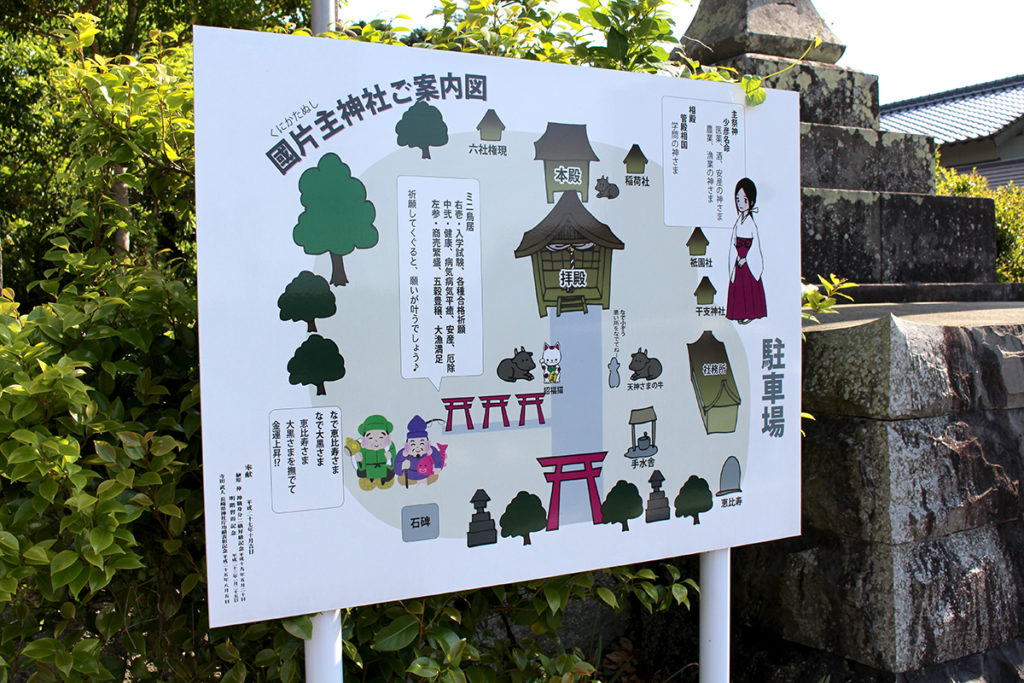
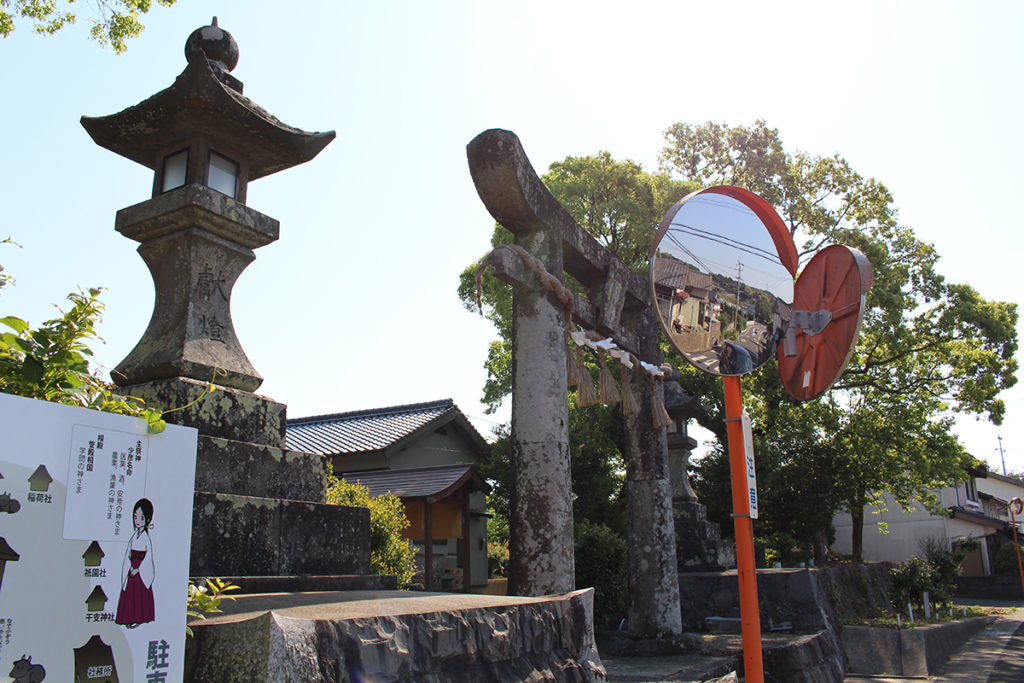
Although the tour guide said that you’re supposed to bow before you enter the shrine (i.e. walking through the torii gate) out of respect, although not everyone always does it. She followed up with saying that upon leaving, you’re also supposed to bow. This may sound weird, but I experienced this sort of idea later in the airport!
Maybe this is where it came from?
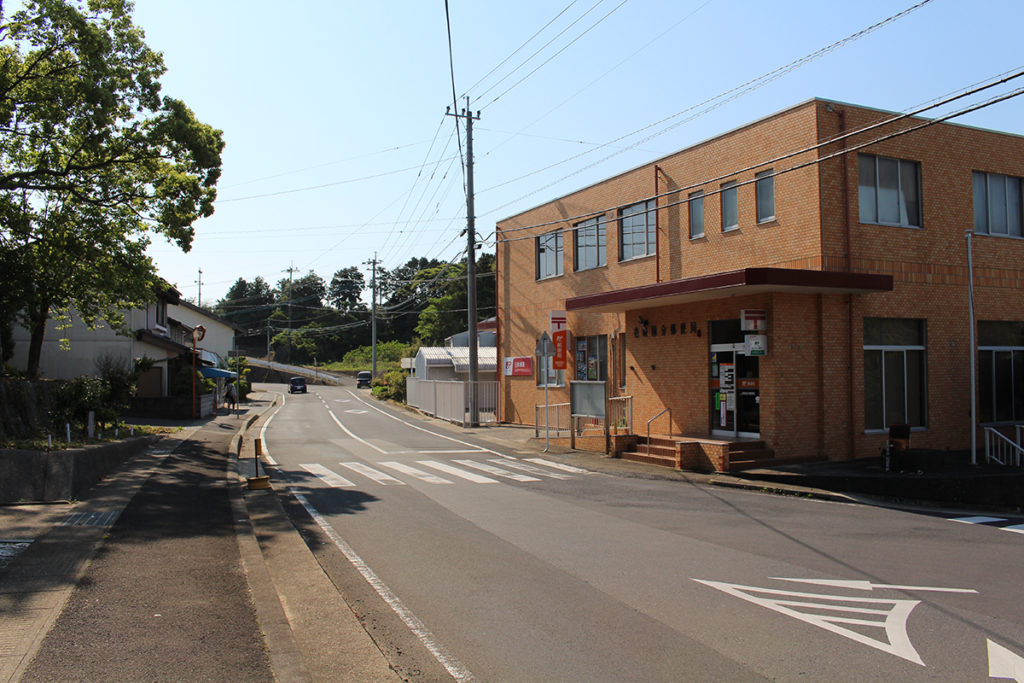
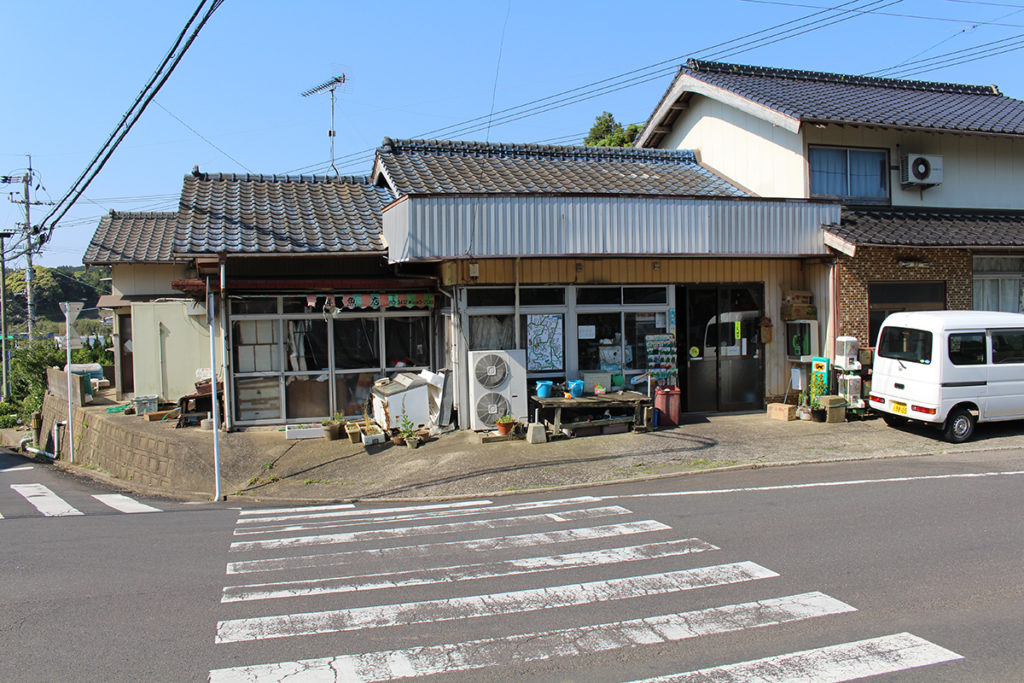
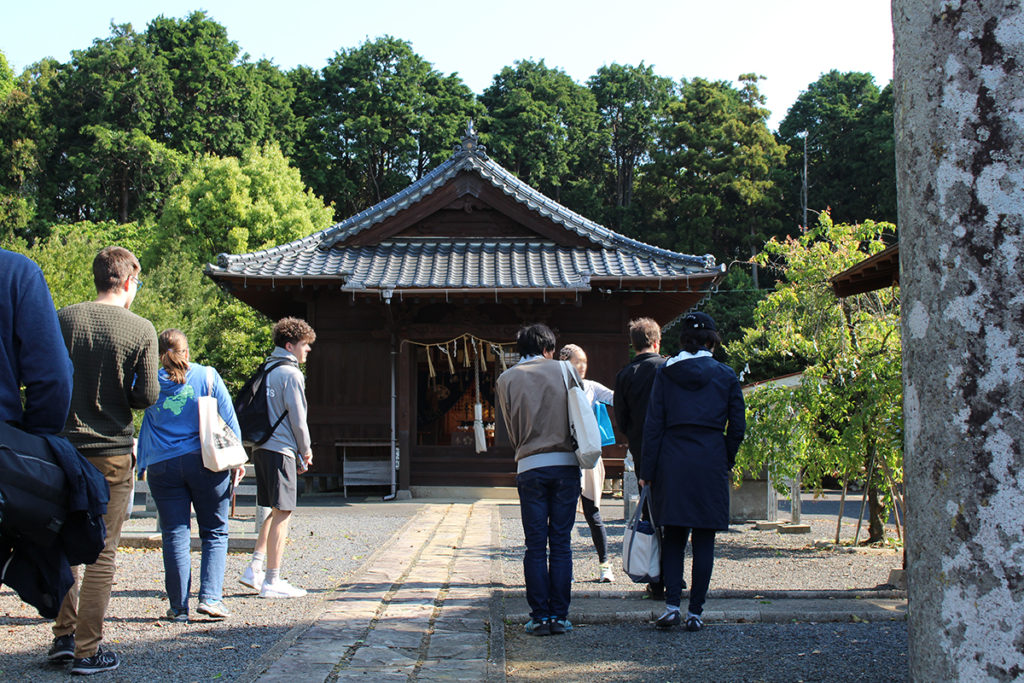
This first shrine had a center pathway that the god is supposed to walk on, so you’re supposed to avoid stepping on it. It reminded me of visiting the Forbidden City in China, where, if I recall correctly, there was a decorated path in the middle of each flight of steps for the emperor to walk, and no one else was allowed to. I don’t think this is necessarily an Asian-only thing though. I feel like I’ve heard of other cultures creating this separation.
(However, I noticed that even the Japanese who were with us–including the tour guide–walked on it without noticing when they were walking to the other section to explain something. I just smiled to myself and shook my head. We try really hard, but we just can’t be perfect.) As for me, knowing that God made the whole earth and it is his footstool, I didn’t worry about it. I didn’t walk on the path too much out of respect for the tour guide, but didn’t avoid it either.
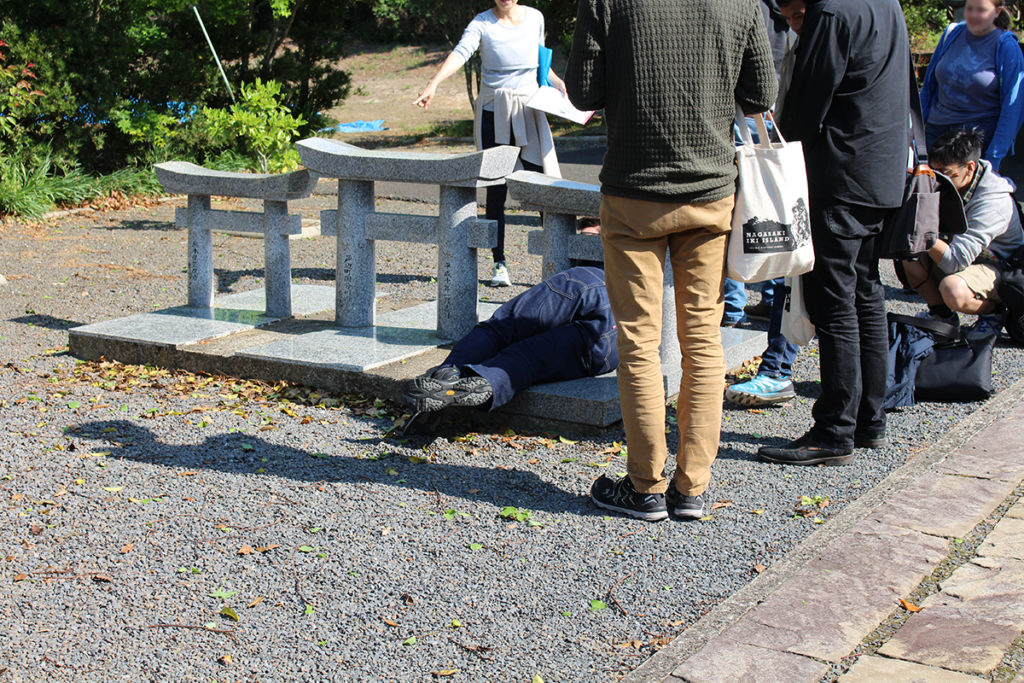
If you go through these mini torii you’re supposed to get some sort of luck in a specific area. One student practically dove into this one XD (It has to do with success in studies.)
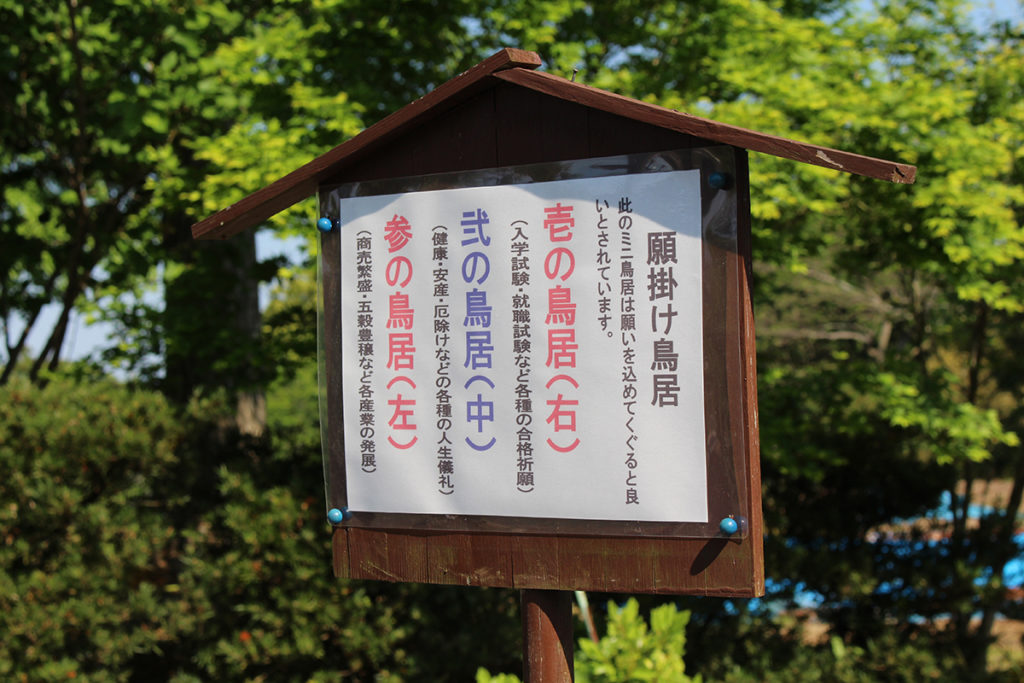
The right one is for luck in school entrance tests and similar wishes. The middle is for things like health, peace, safety, etc. The left is for luck with business and prosperity, from what I can tell.
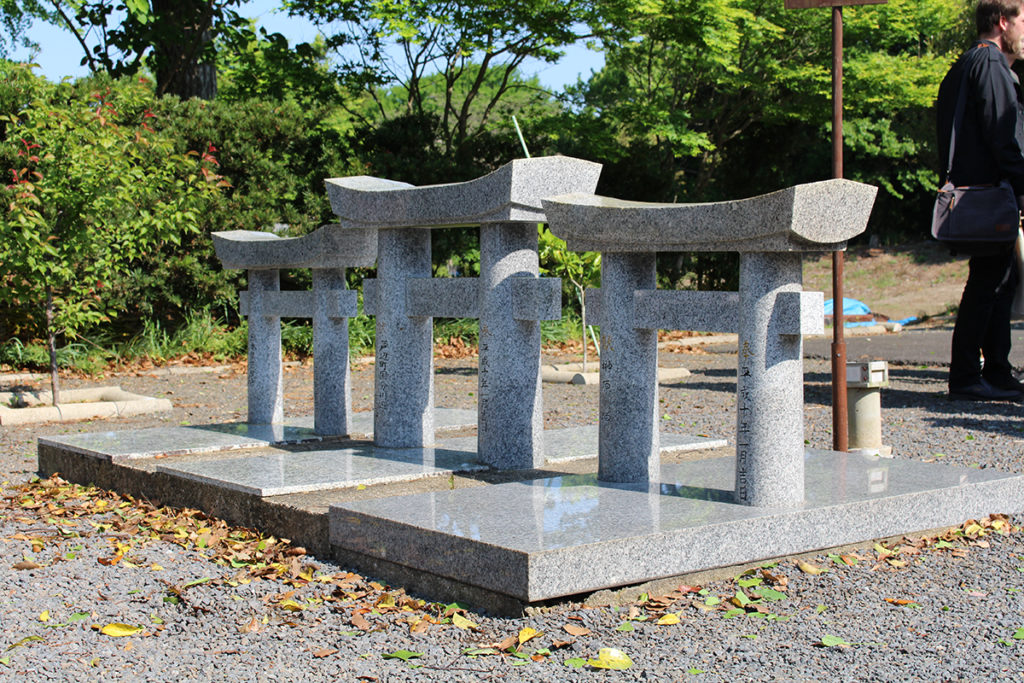
So tiny!
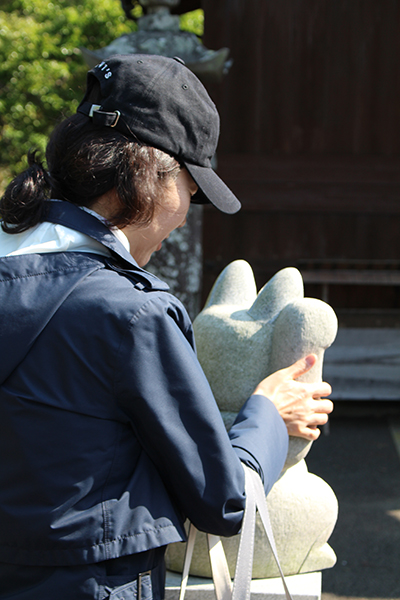
Near the mini torii was this lucky beckoning cat (manekineko). You’re supposed to rotate it one way and then rotate it the other way in order to get the luck.


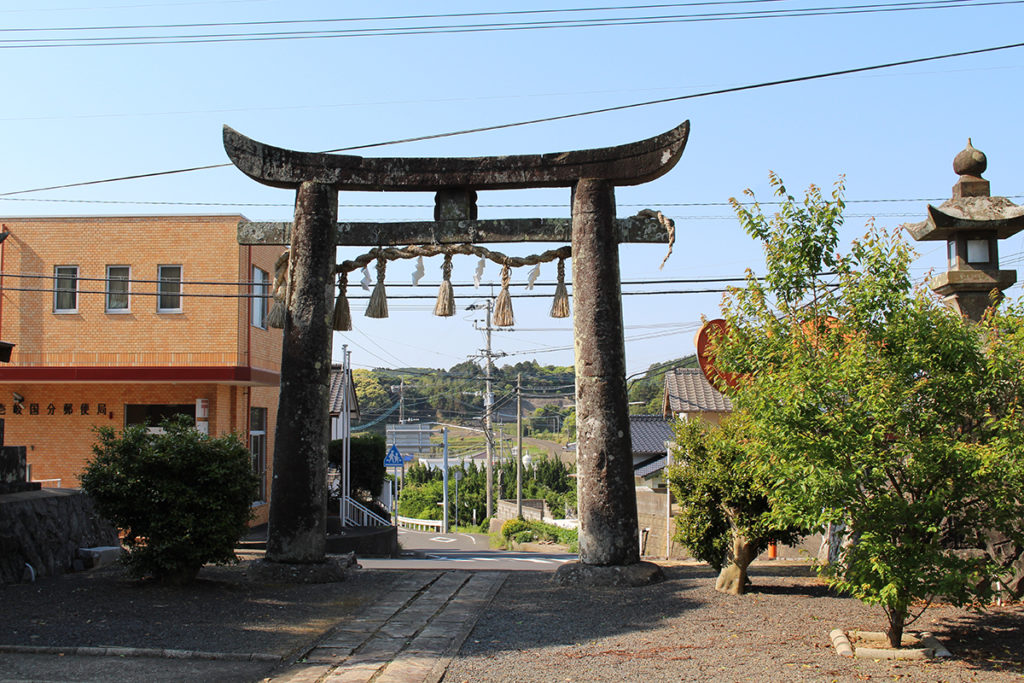
I finally learned what the ropes with paper that are affixed to tops of things like torii are supposed to represent! The rope represents clouds, the straw hanging down represents rain, and the zigzag things represent lightning, so together they symbolize a storm.
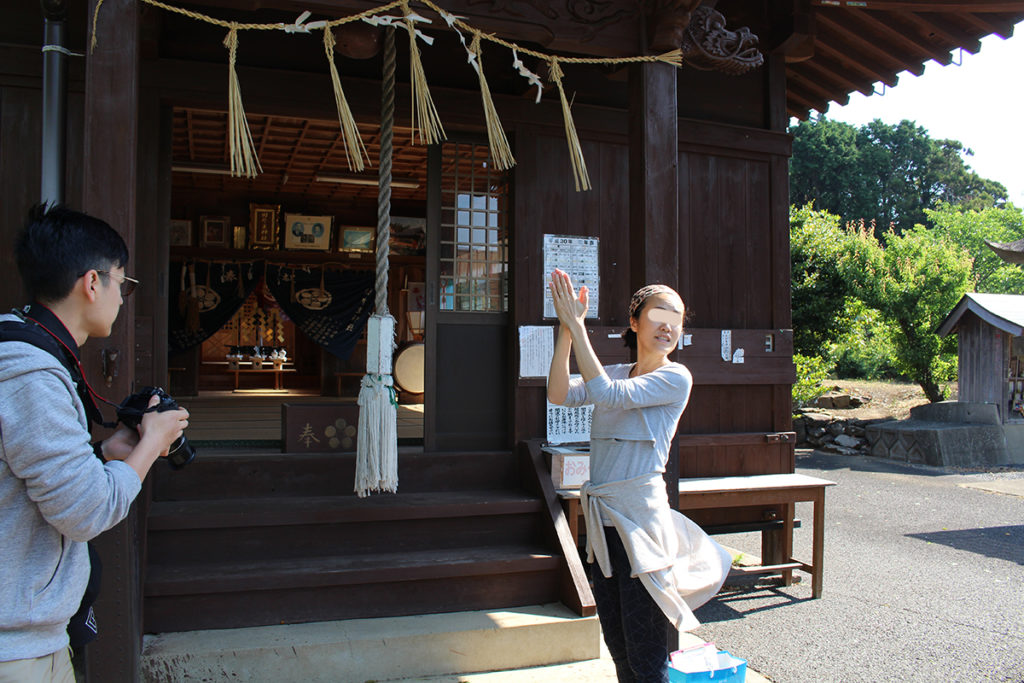
Here, our tour guide was showing the group how to pray at this first shrine. Demi-san wanted me to pose here, to pretend like I was ringing the bell, but I didn’t want to take part in it, even if it was only pretending for the sake of a photo.
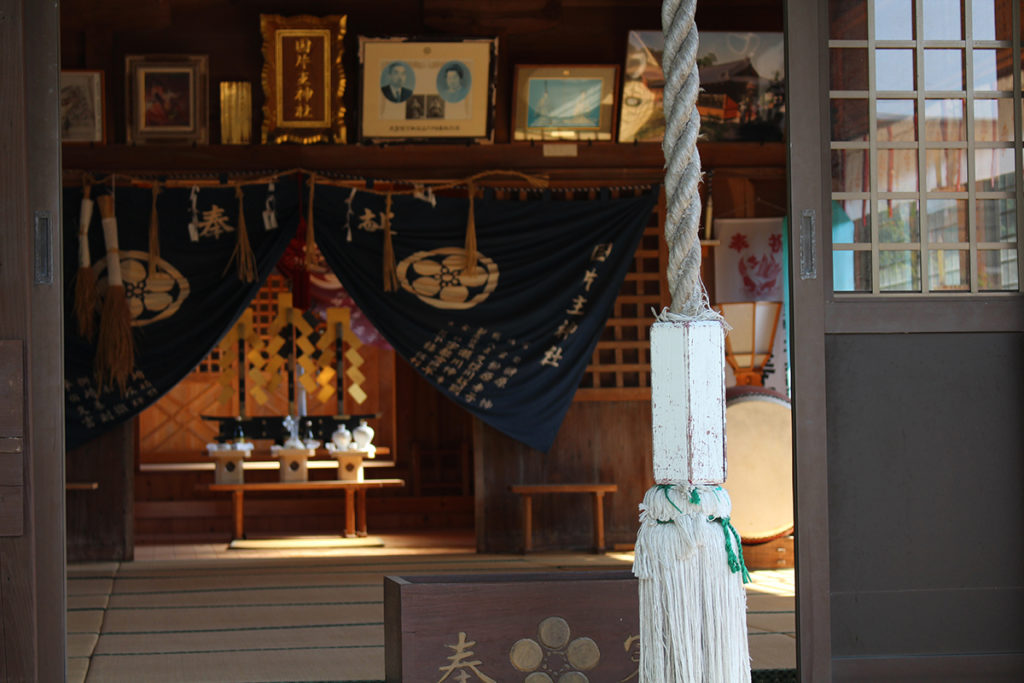
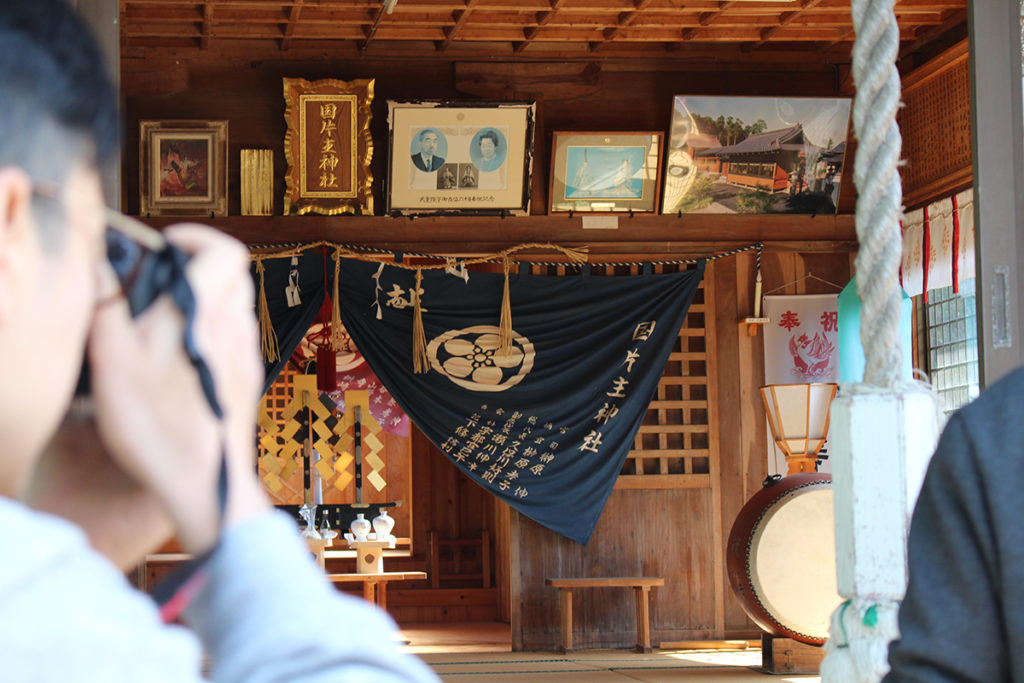
There’s a taiko drum!
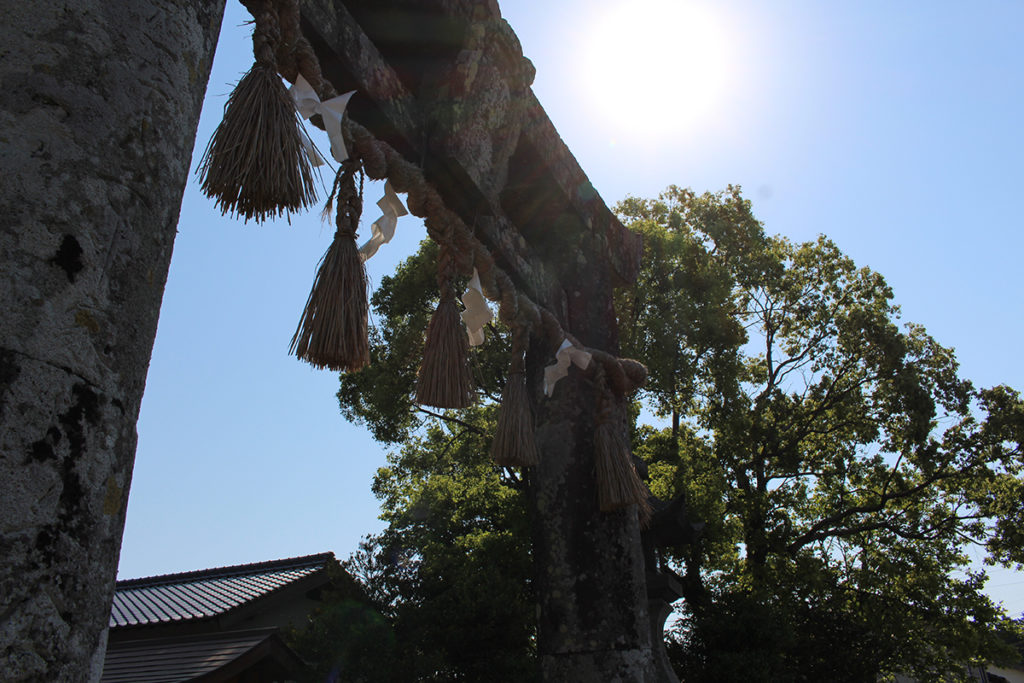
They offered us stamp books, which are a common thing in Japan. The idea is to collect them all (like Pokemon lol). What you do is buy the stamp book for ¥1200, then pay ¥300 at the shrine to have the priest stamp it. Stamping consists of an ink stamp, of course, but also calligraphy that he hand-writes.
I declined purchasing the stamp book because I had no need for it, but a few students did.
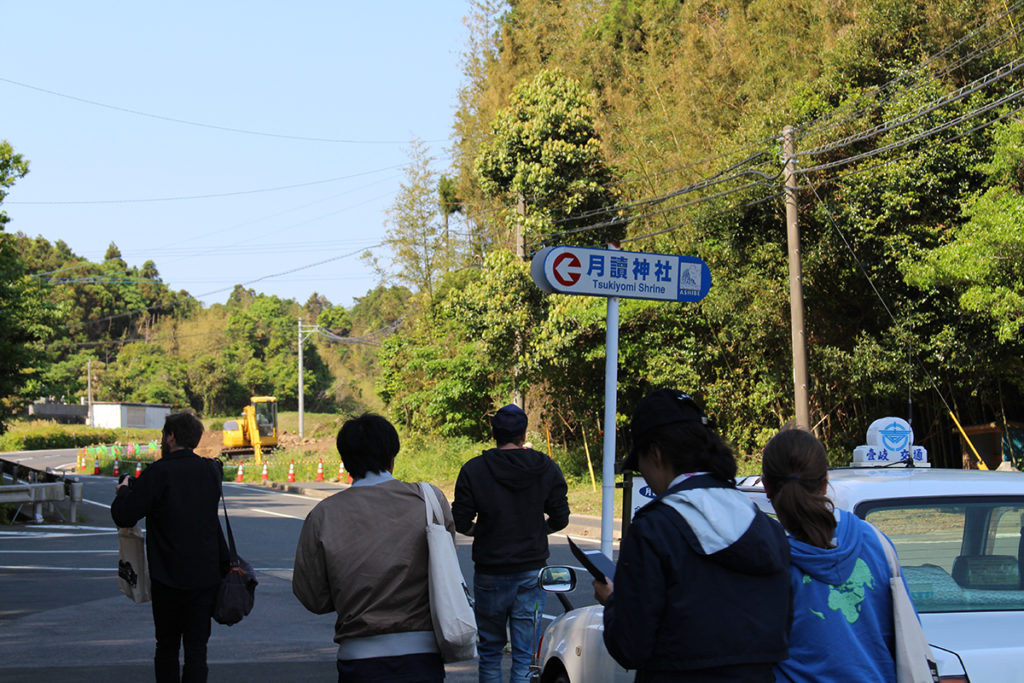
The second shrine was the Tsukiyomi shrine, said to be the birthplace of Shinto. But… There’s another shrine (in Kyoto, I believe) that also makes the same claim. Our tour guide said that instead of fighting over which one was the true birthplace, they decided to split the god (….how?) between the shrines and not fight over it.
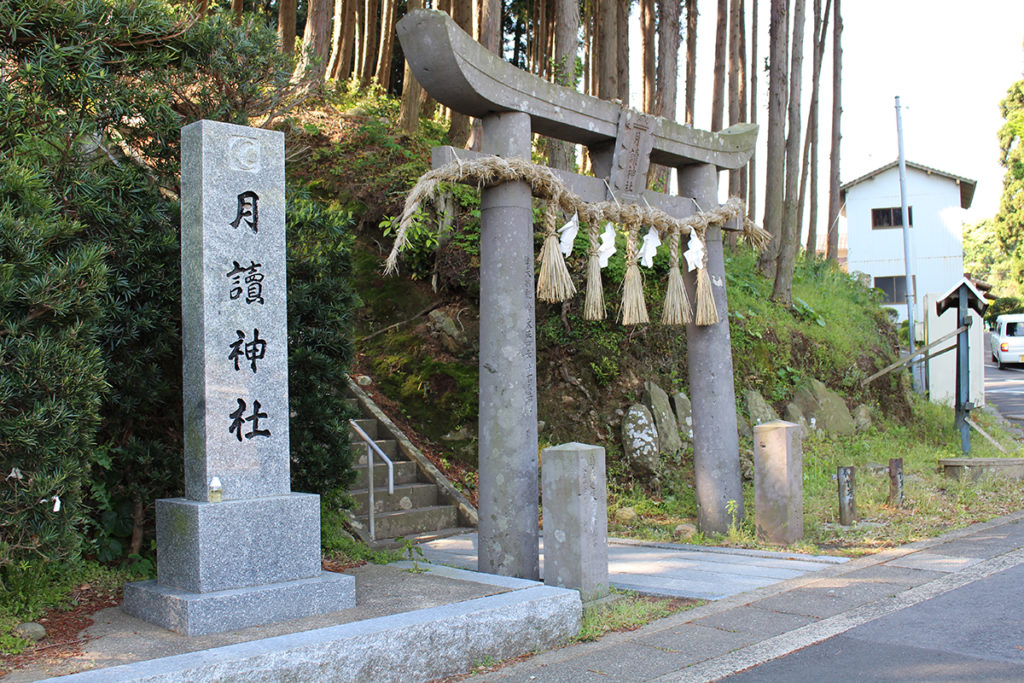
Notice how this one doesn’t have a separate pathway.
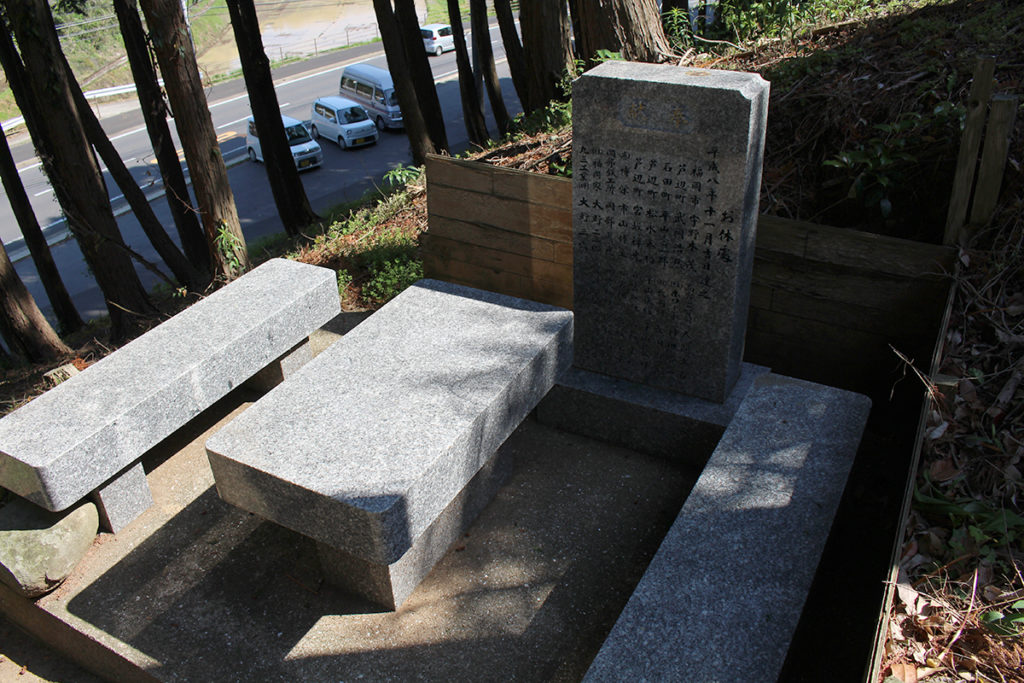
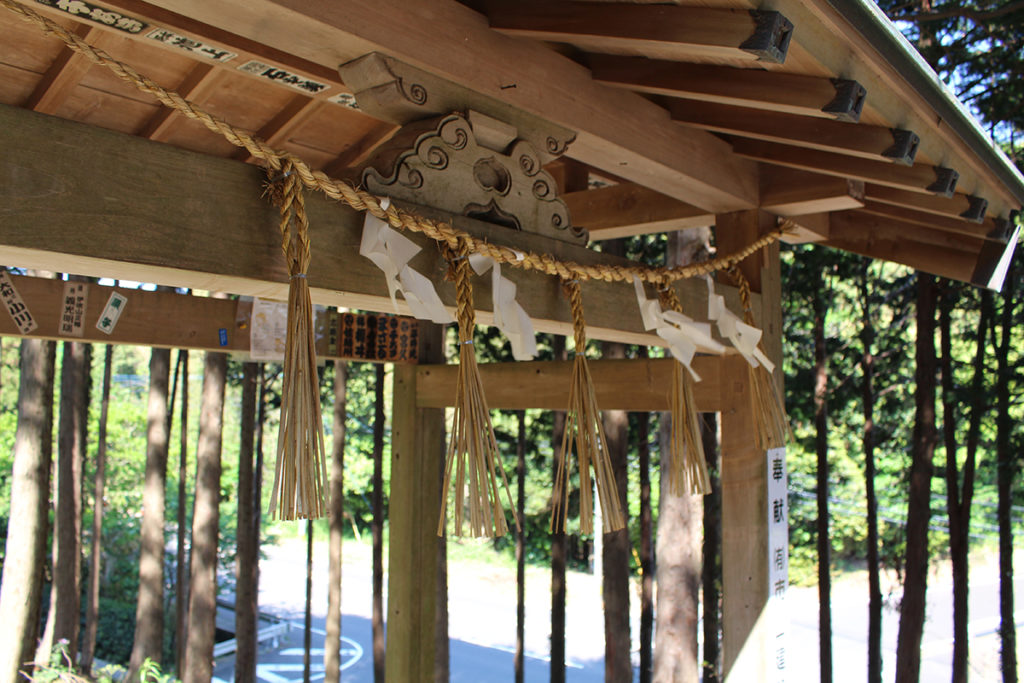
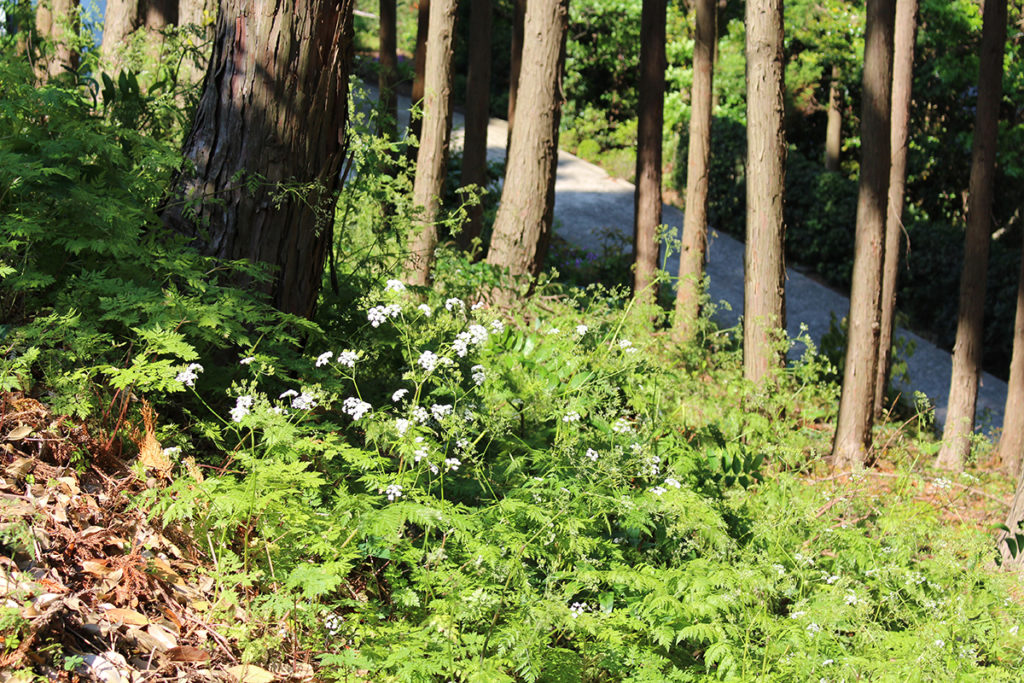
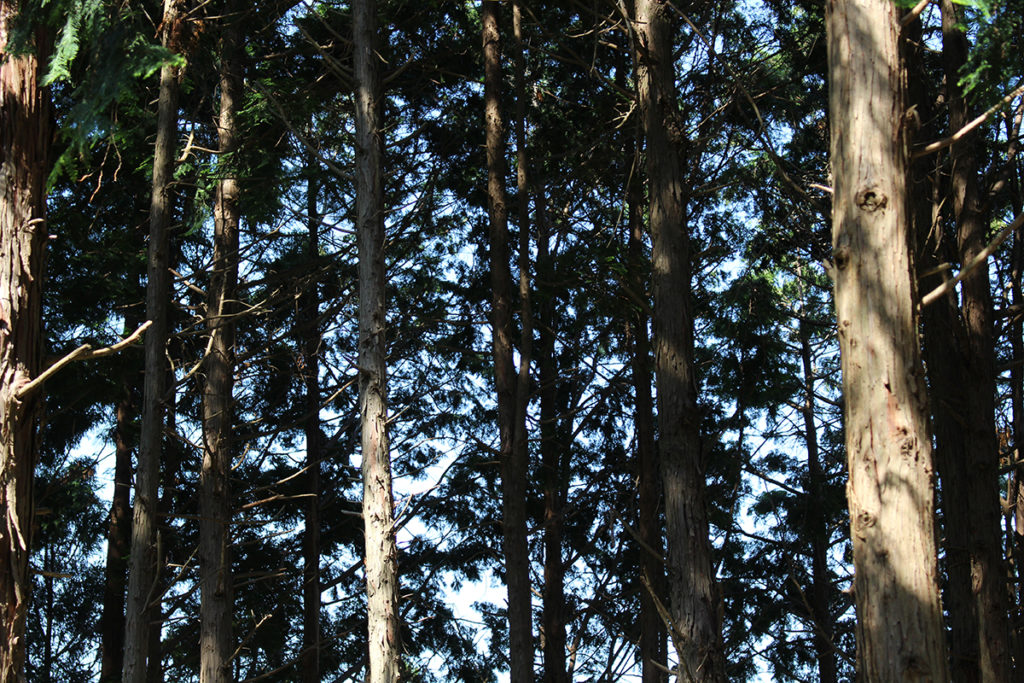
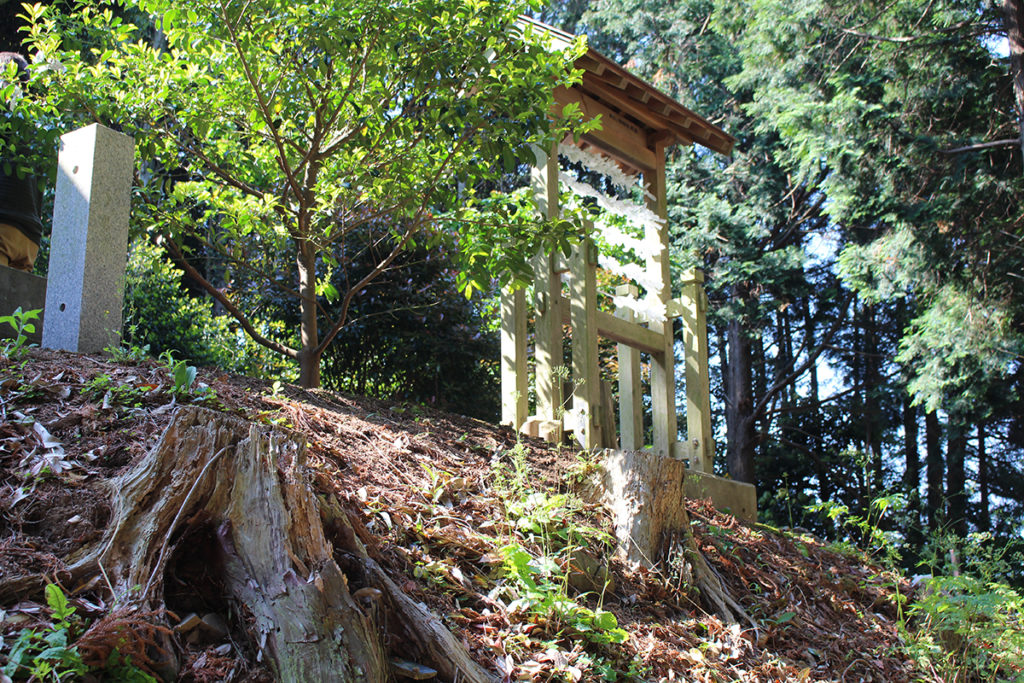
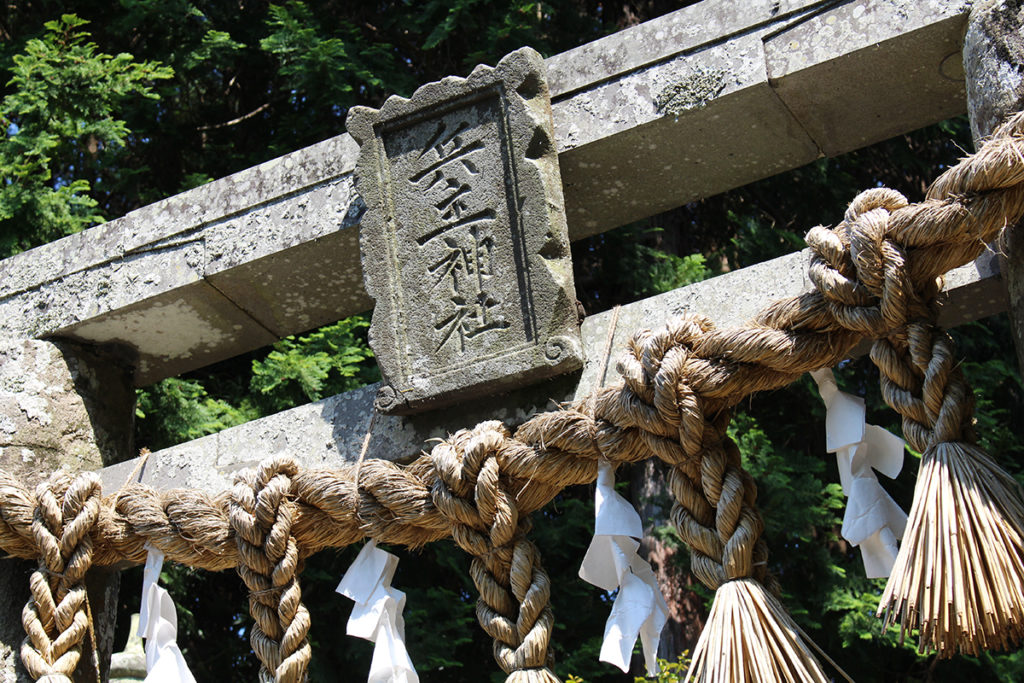

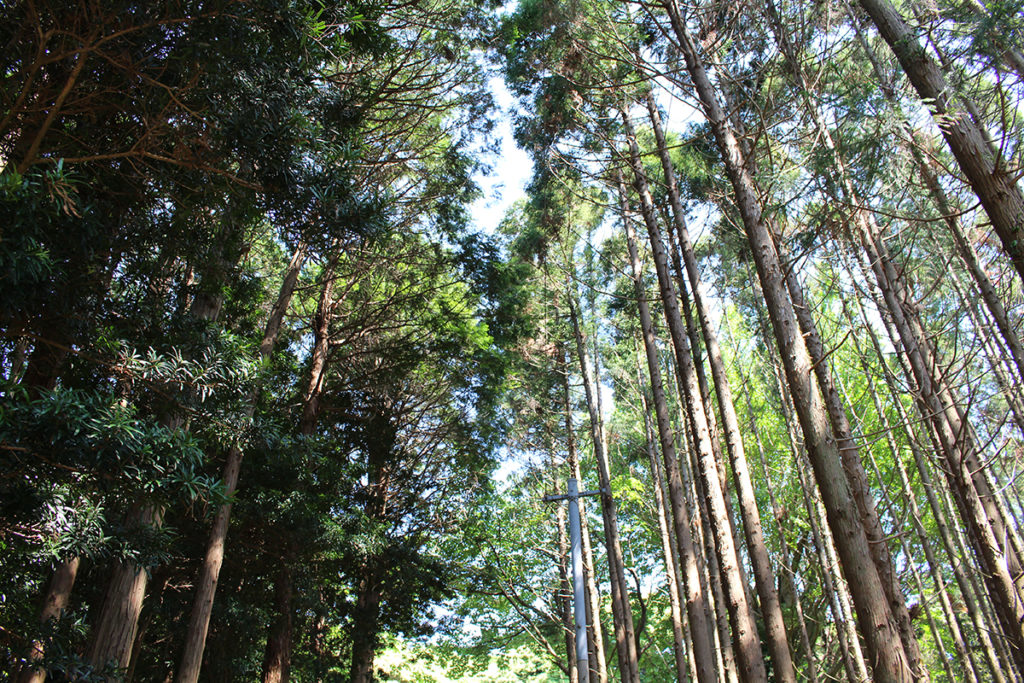
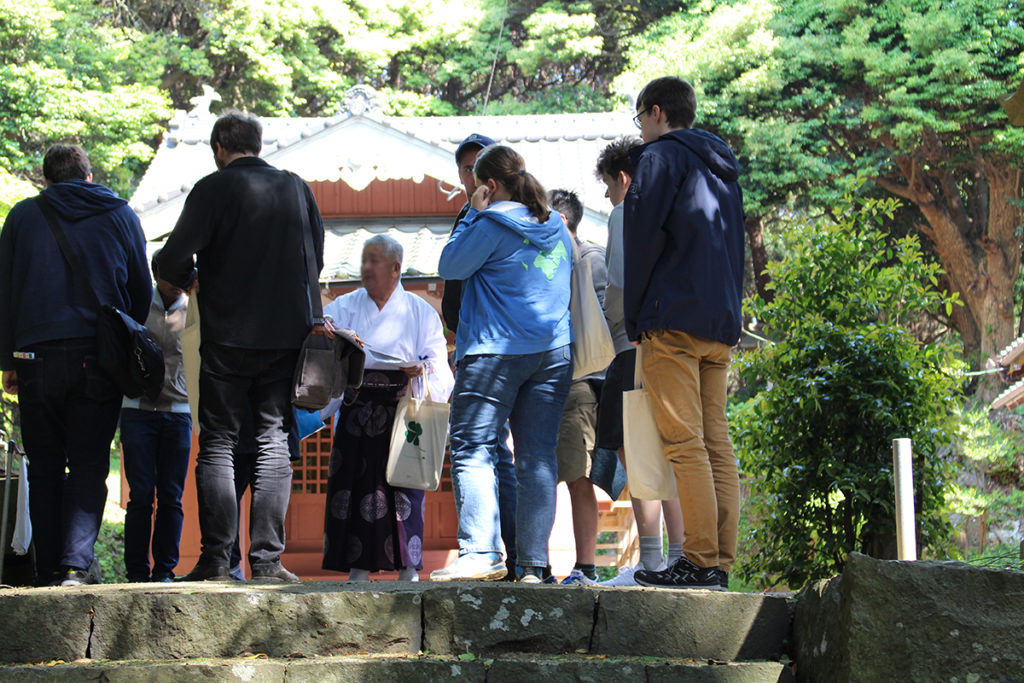
The last shrine we visited was dedicated to a myth about some guy who was poor and therefore disliked by his wife, so she left him. Then he apparently somehow became enlightened and a god and then the wife felt guilty and killed herself. It always bothers me hearing stories about people randomly becoming gods, because it doesn’t make sense and it’s implying that as long as you try hard enough, you’ll attain perfection eventually.
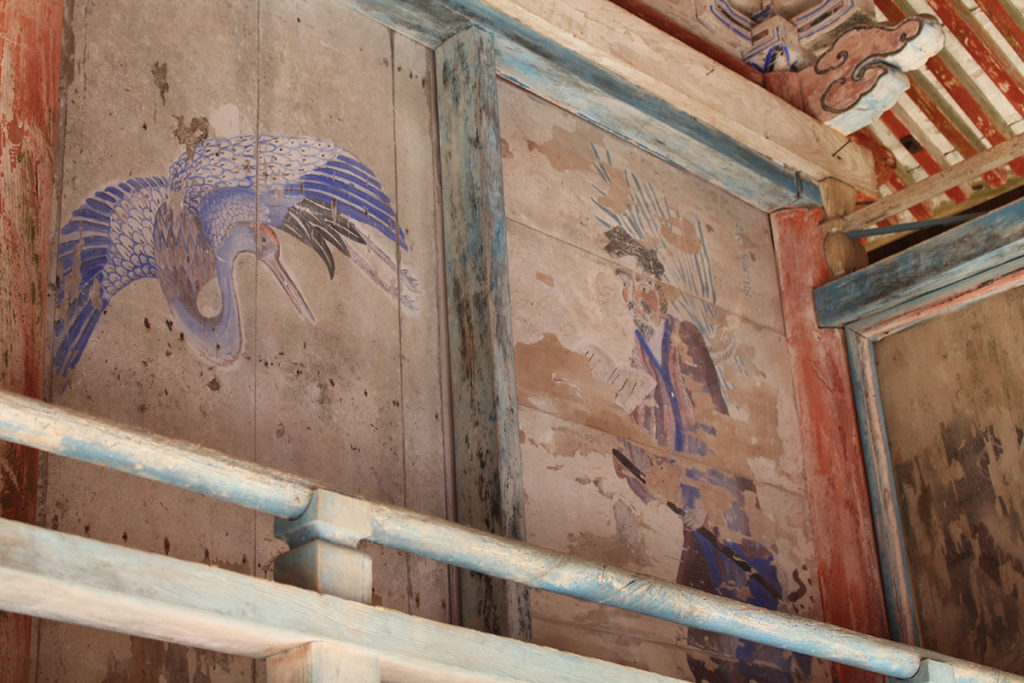
At the same time, I found it interesting that the wife killed herself. Though the terminology isn’t used there, she sinned against the husband by being ashamed of his (and thus, her) poverty and leaving him for that reason. She also didn’t live up to her expectations as a wife, thus dishonoring both of them. The punishment for sin is death. She was consumed by shame, and so in a logical fashion, committed suicide. I found it interesting that even in pagan religion and myths there is proof of God’s law.
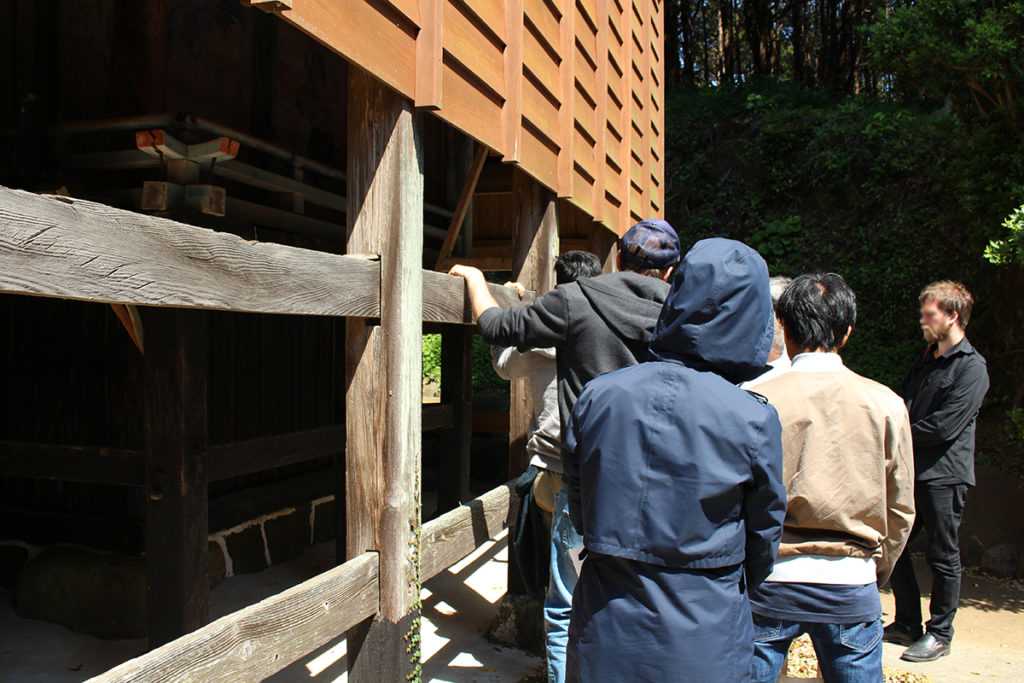
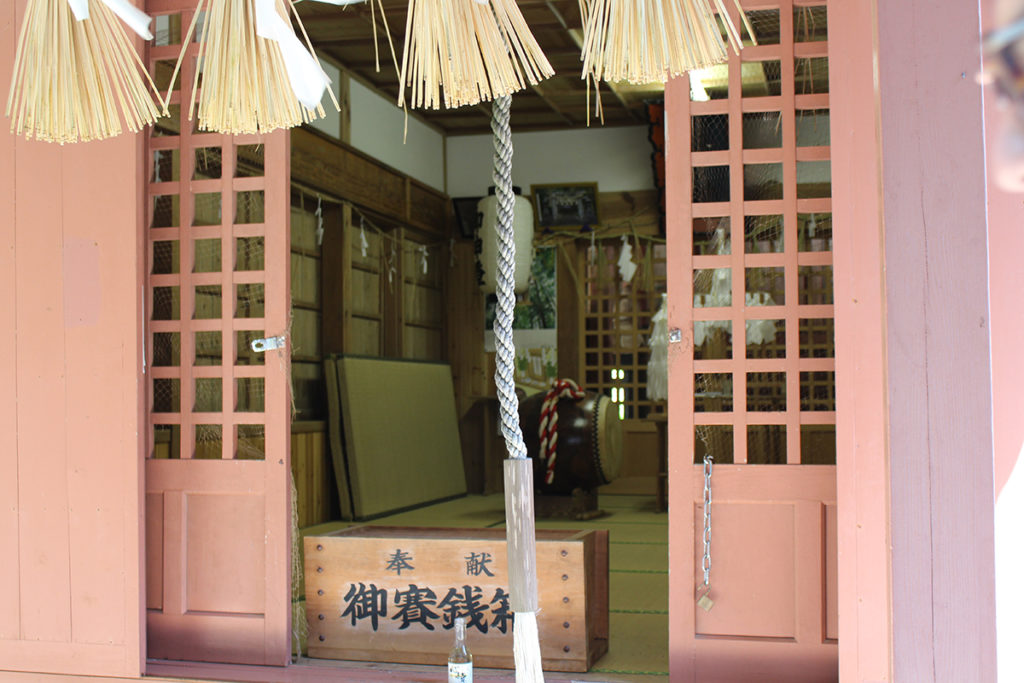
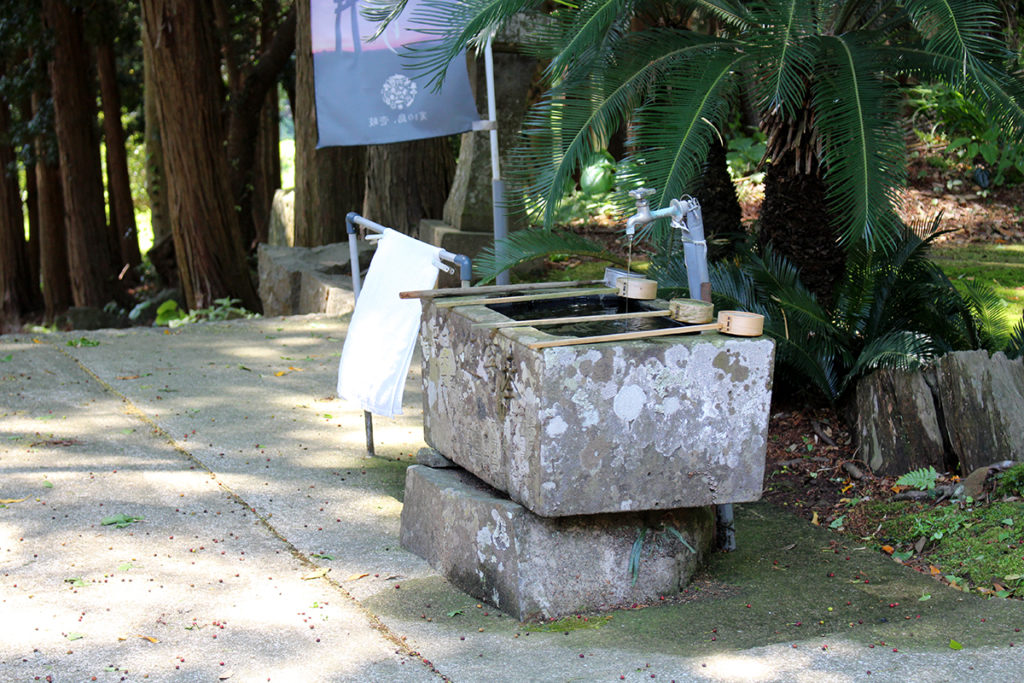
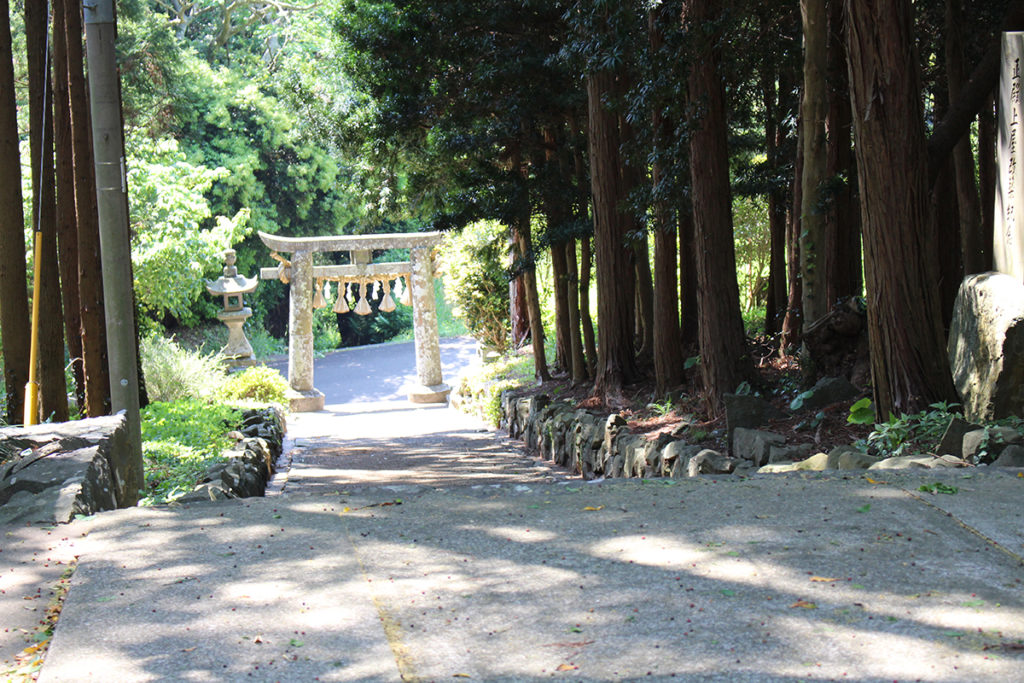
This shrine was in a really beautiful area.
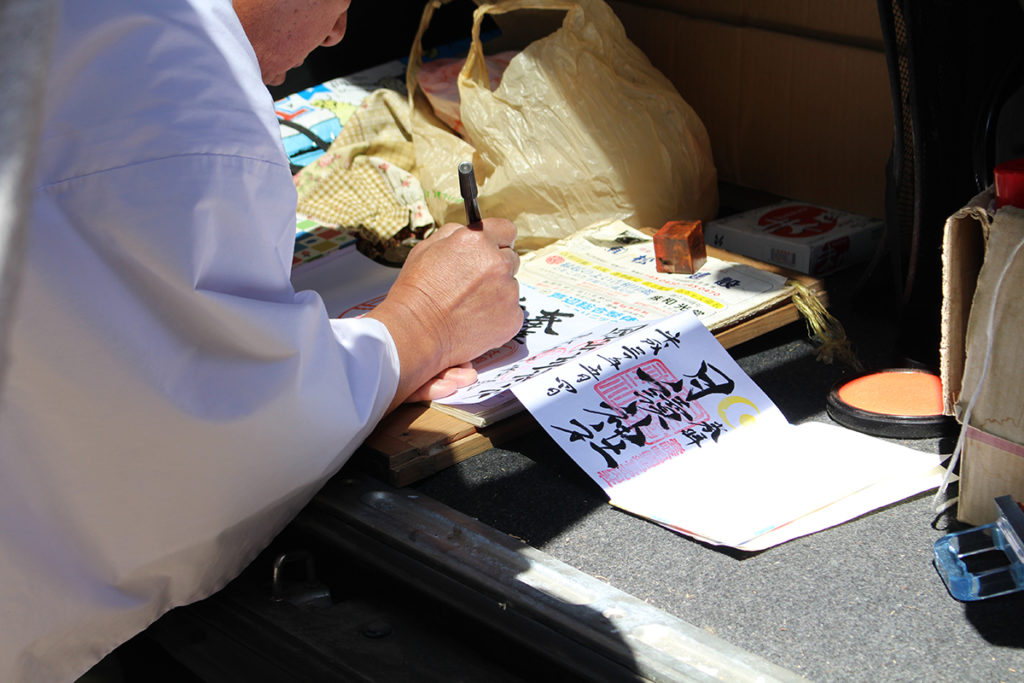
We had to do a lot of waiting while the priest was stamping and writing on the various stamp books, so Hyun Sook and I talked some about the religion aspect and later, I just stood reflecting and praying to God about the whole thing. A beautiful blue butterfly came suddenly and fluttered in circles around me, and I smiled to myself and thanked God for being present even in places like this; being present within and beside me.
Butterflies have been one sign of God’s presence and guidance for me since one family hike where we were on the verge of being lost, and in response to my prayer, God sent butterflies in front of us. So everywhere we went, I knew that my parents’ decisions were right when I saw butterflies. Curiously, they are often blue! I’m not sure why that is. Even here, the ones that sort of serve as a reminder from God are blue.
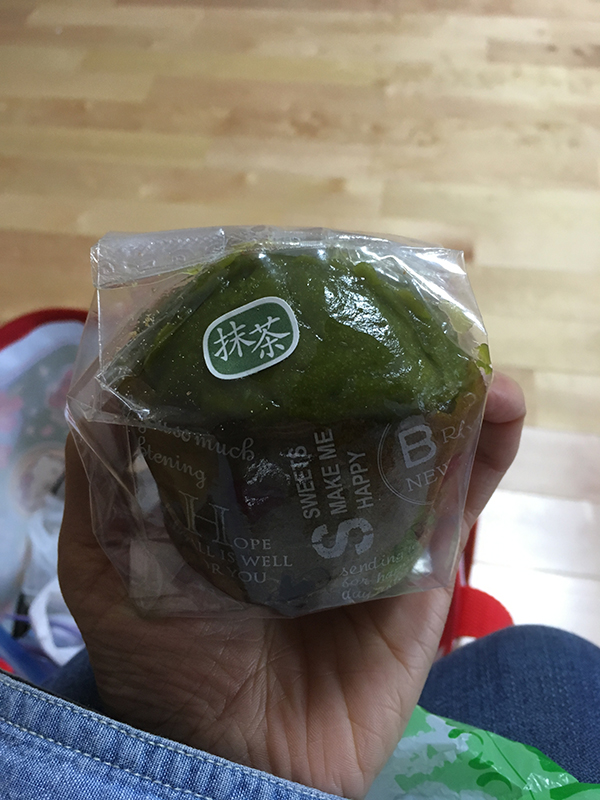
When we got back to the minshuku, we ordered bentos, which Demi-san and some others went and bought. I was already hungry, so I ate my second muffin from the day before. It was a bit smushed but otherwise delicious.
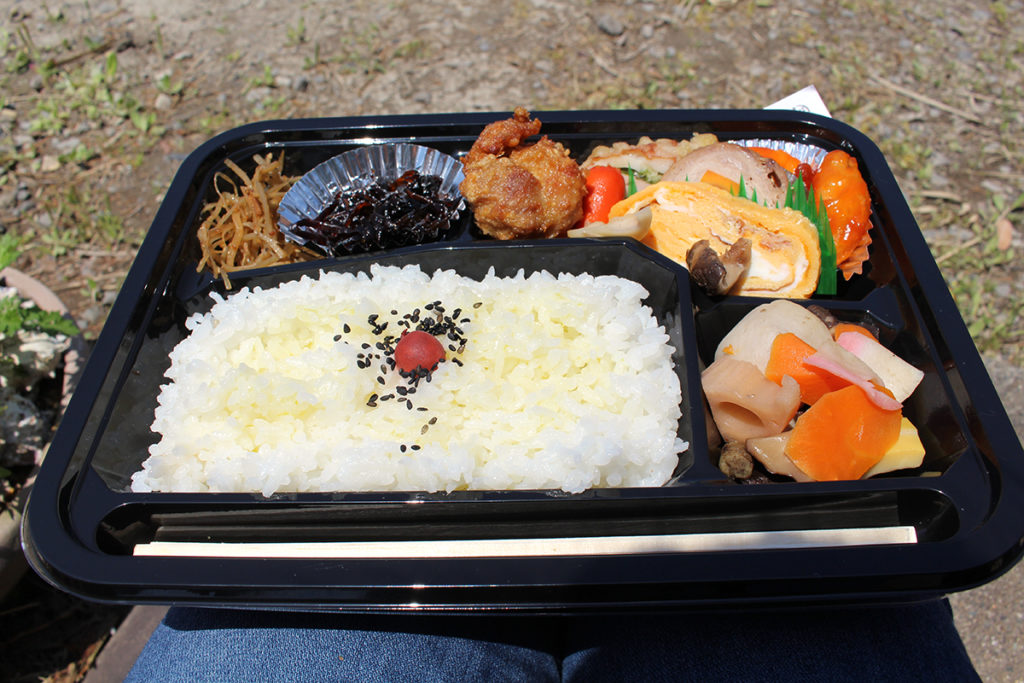
We ate them outside in the sunshine (the yellow in the rice came from my handy-dandy 100ml bottle of olive oil XD), and having some time to spare before we were to head out, walked down the road to the beach.
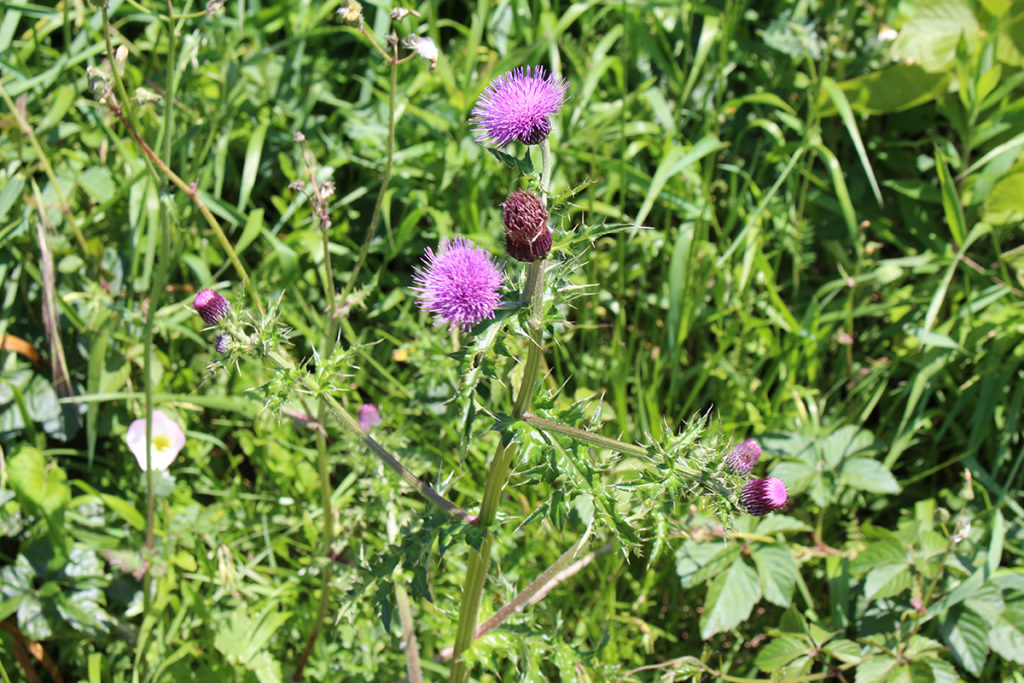
Thistles! Thistles always remind me of my grandfather, Pop-Pop. He passed away when I was little, but I remember my mom and I walking down the road by the house and spotting thistles. She told me they were his favorite flowers and I’ve never forgotten that, or that moment.
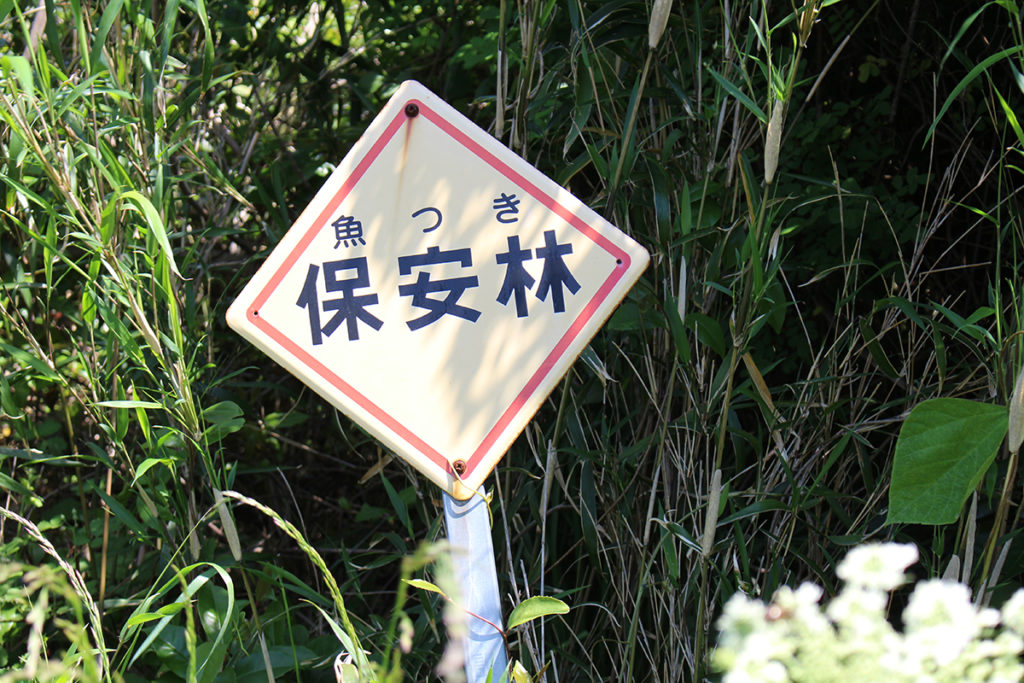
Preserve the safety of the trees/forest. Actual definition? “Forest reserve.” Pretty close, right? (Thanks, Wanikani.) Apparently this area is a fish-breeding forest reserve.
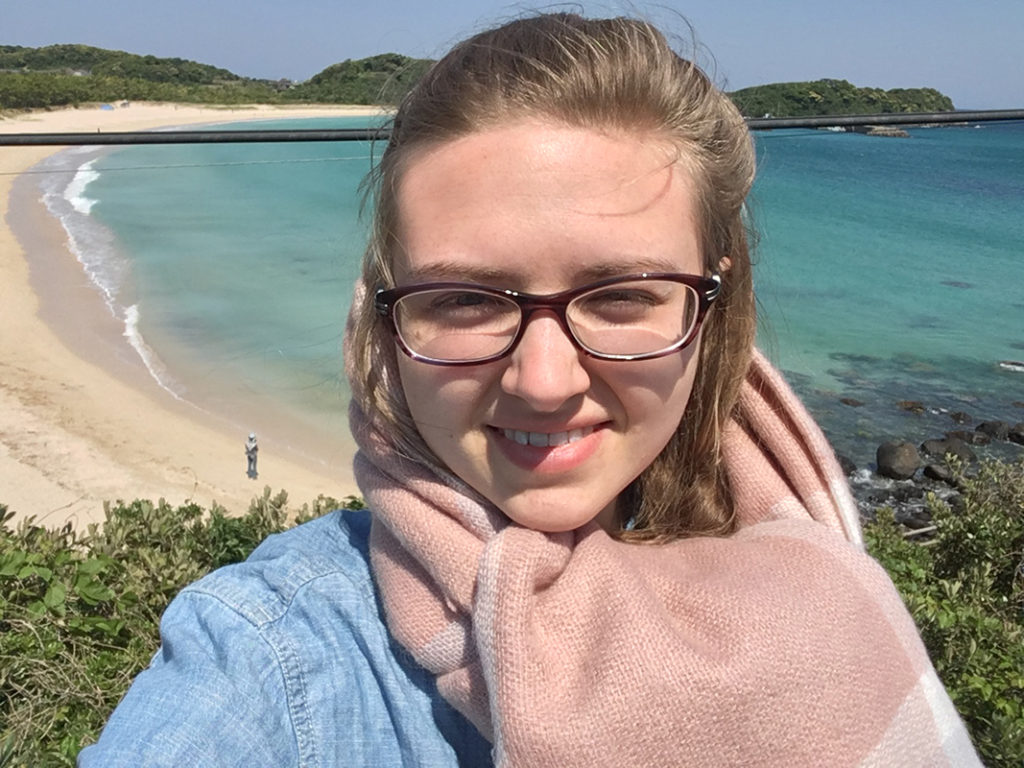
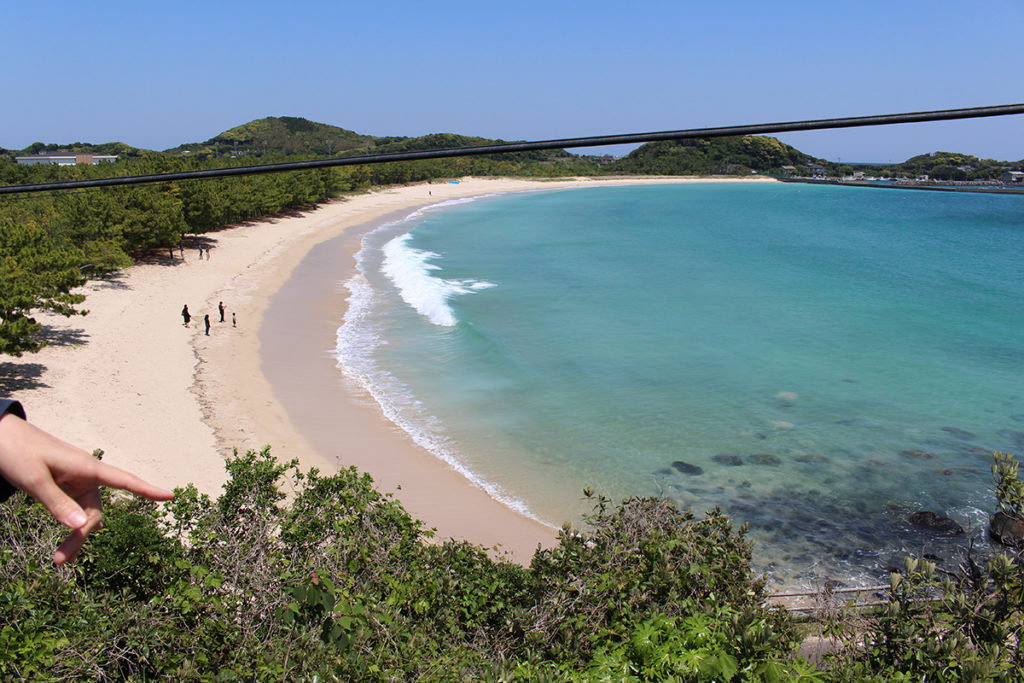
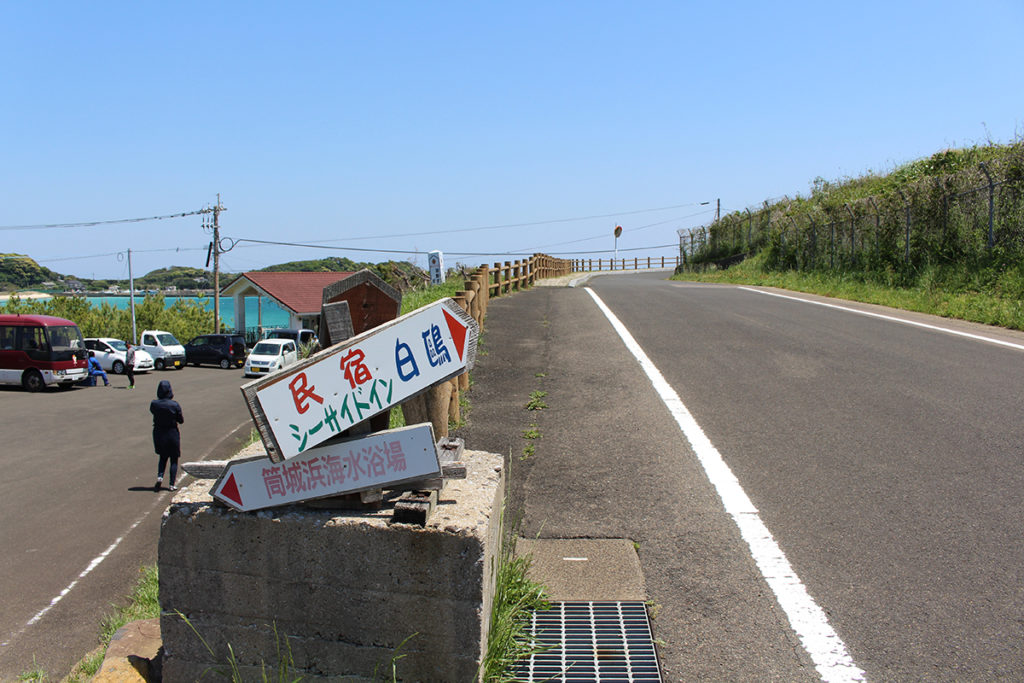
Left is the way to the swimming area. Right is the way to our minshuku, Seaside Inn.
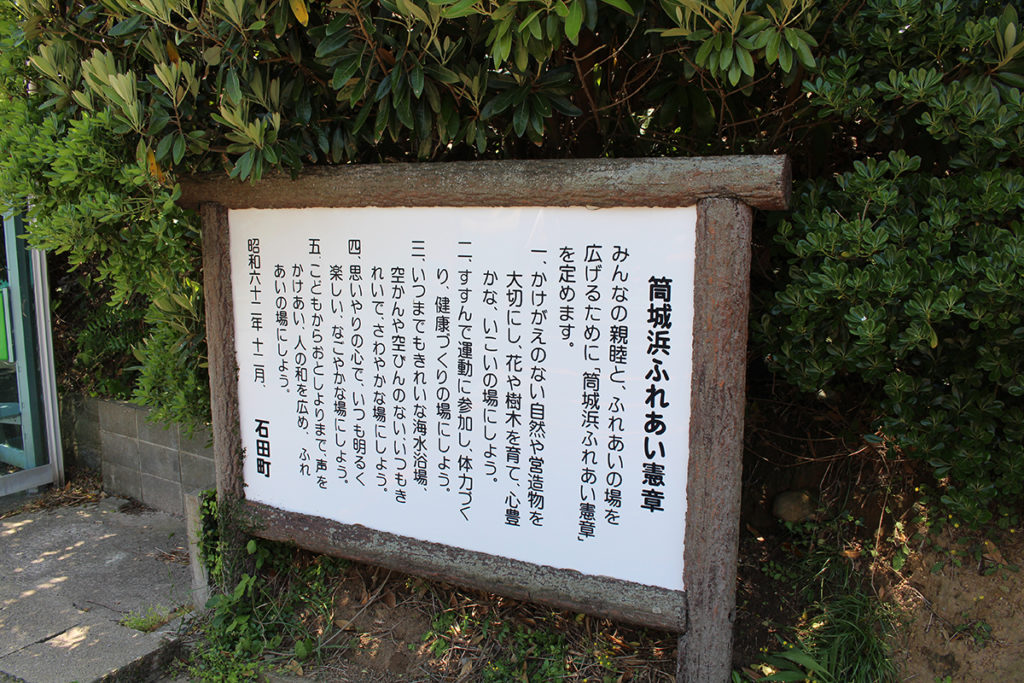
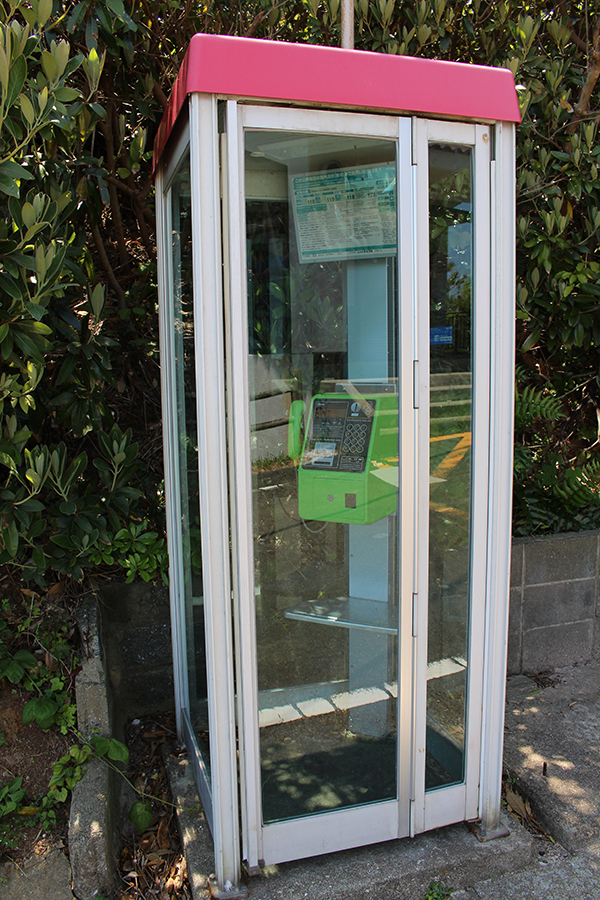
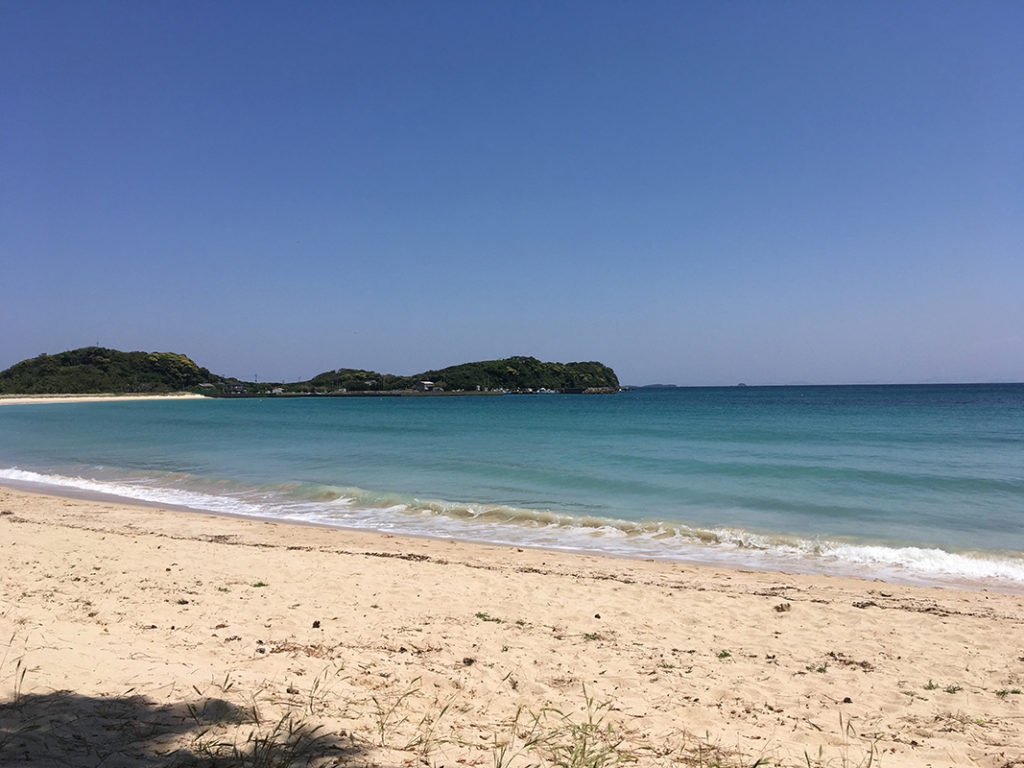
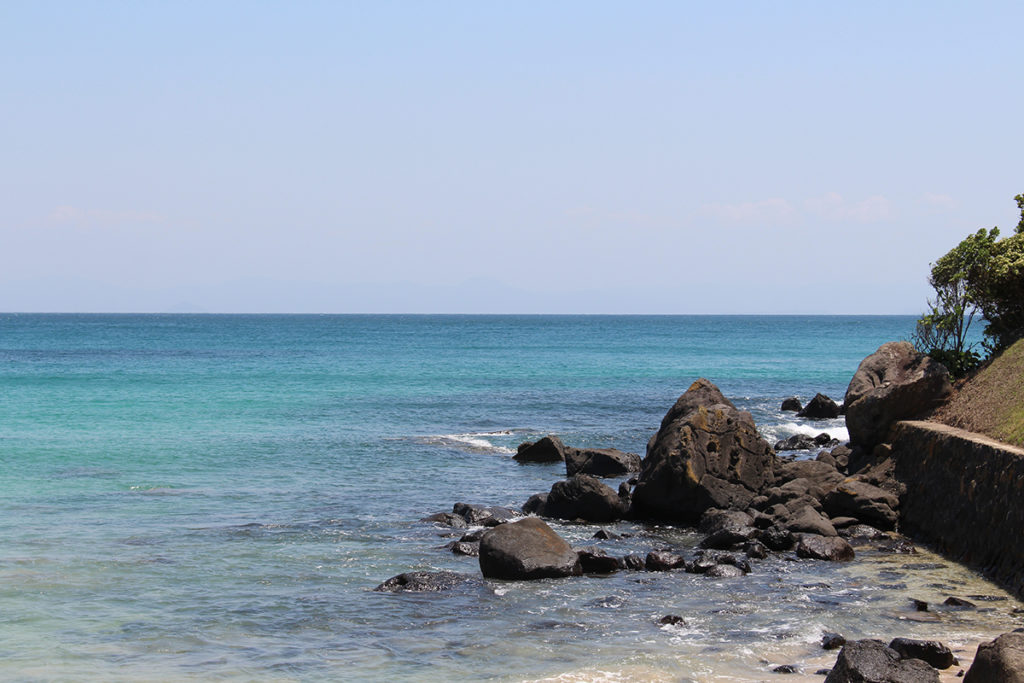
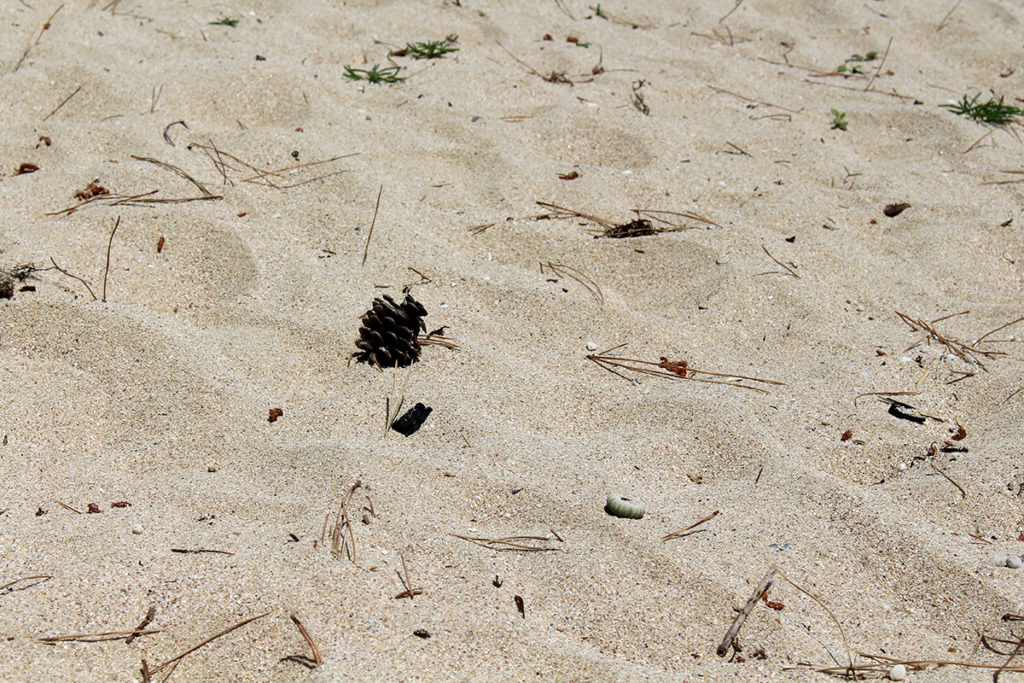
Beaches in Japan (that I have seen) are generally more rocky and shell-covered than beaches in the Atlantic. To be sure, the closer you get to the water, the smoother it is, but there are still shells and such things scattered about. I was sitting under a pine tree, and man, those pine needles hurt!
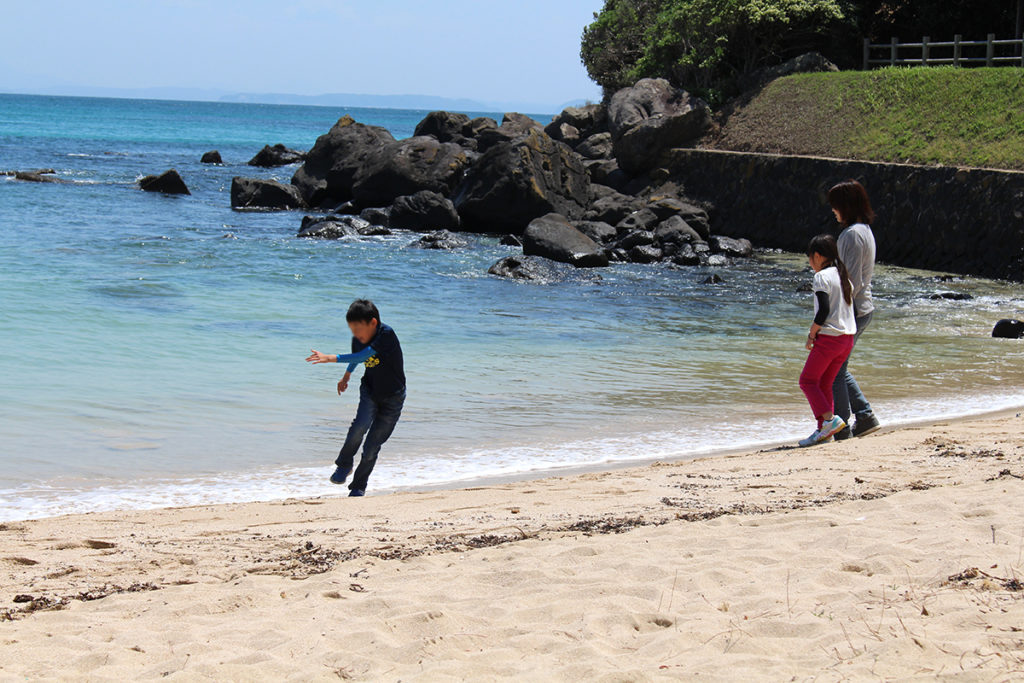
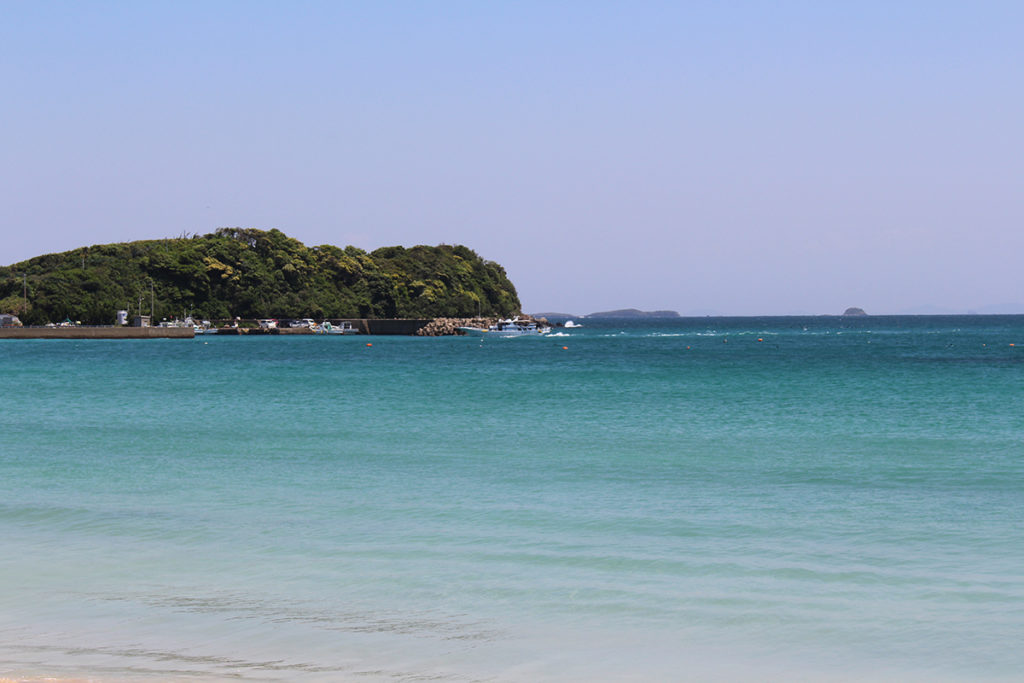
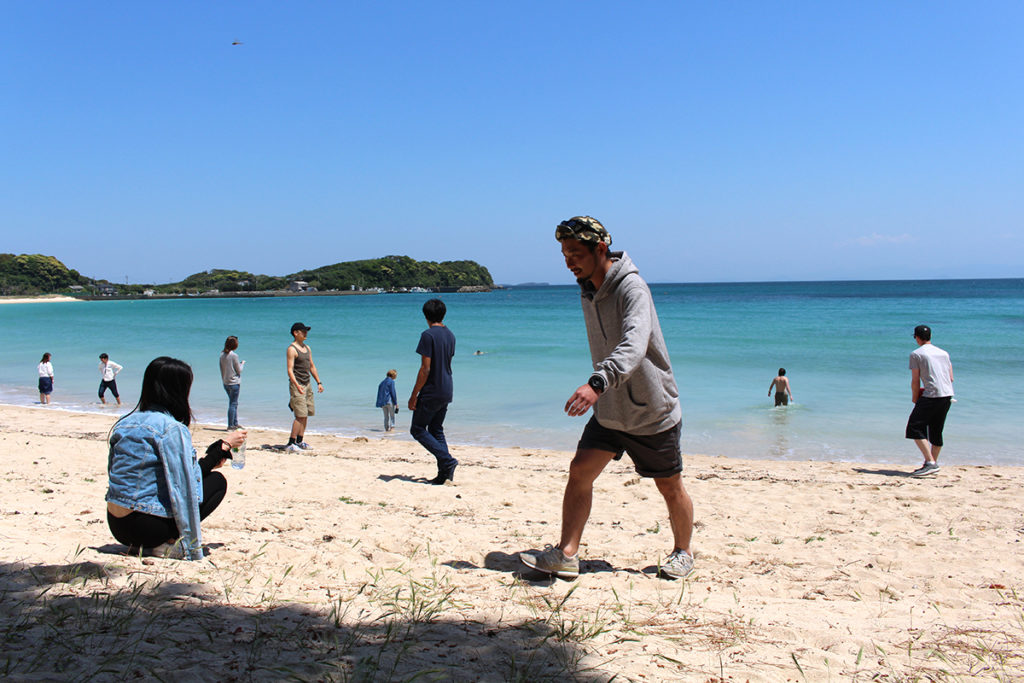
We watched the guys playing around with a water football for a while until it was time to leave.
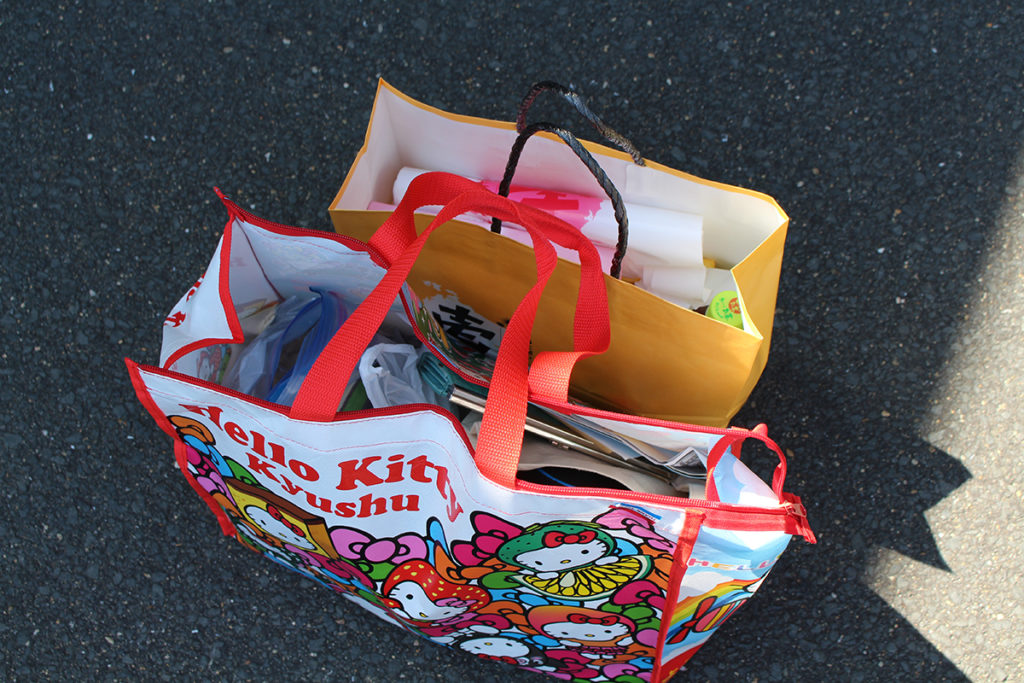
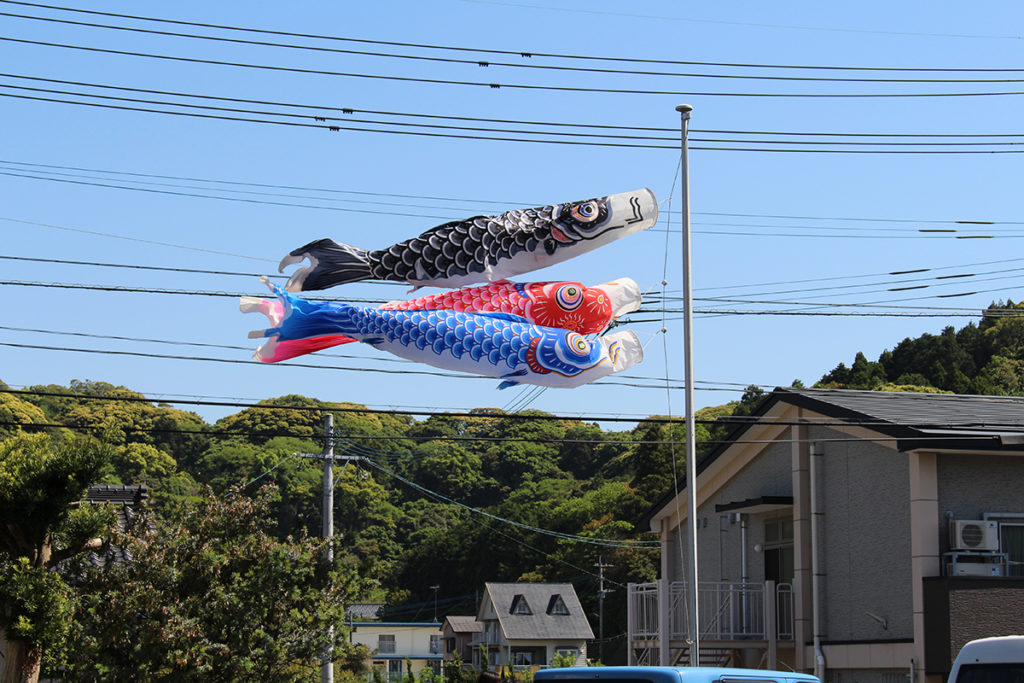
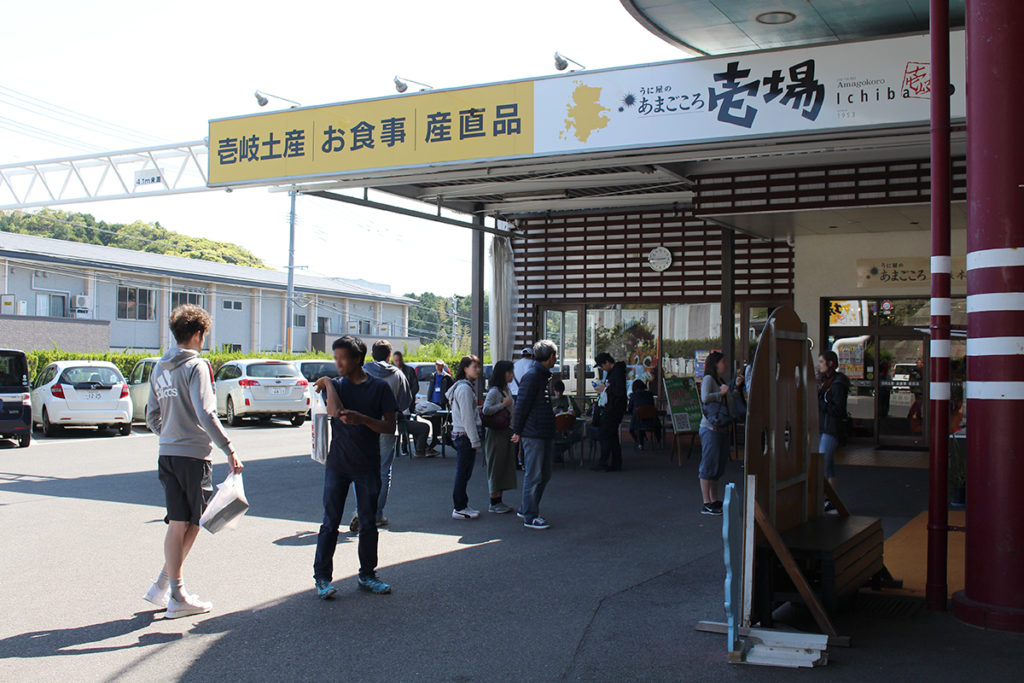
We stopped again at the souvenir place to pick up some omiyage before heading back to the port. Once our luggage finally arrived (it was in a separate car), we climbed the stairs to the second floor and awaited our departure…for at least an hour.
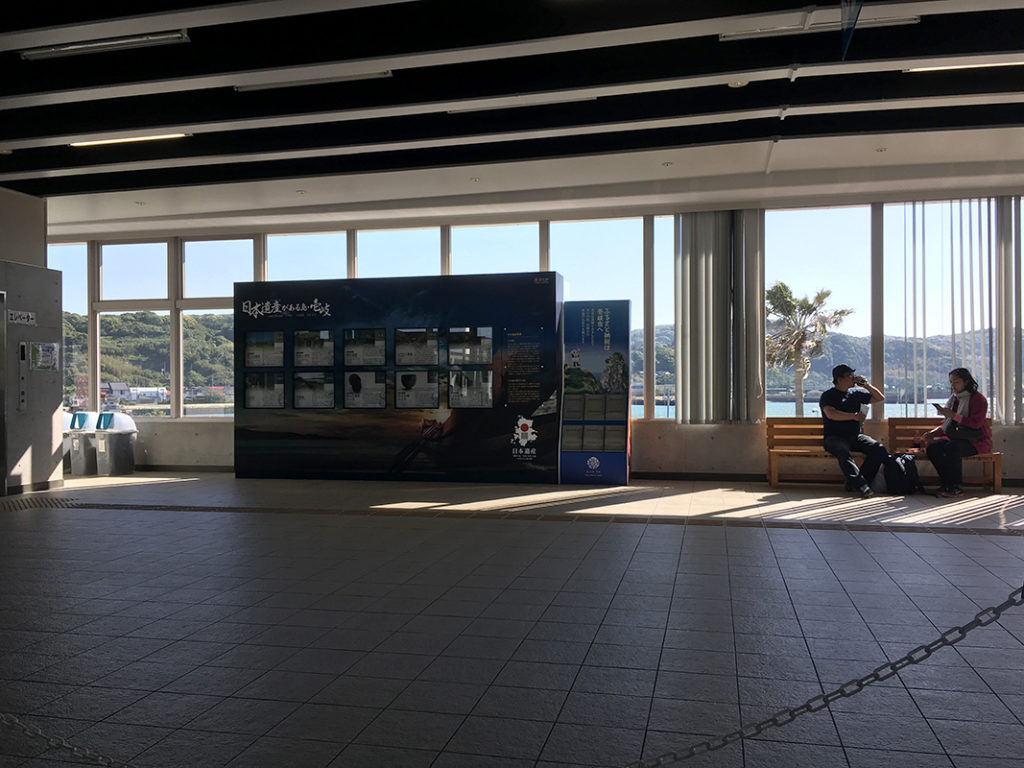
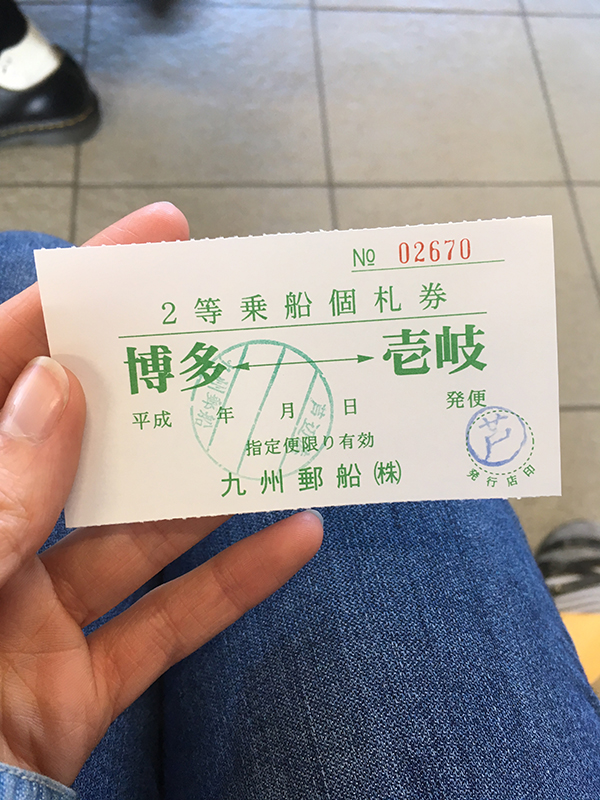
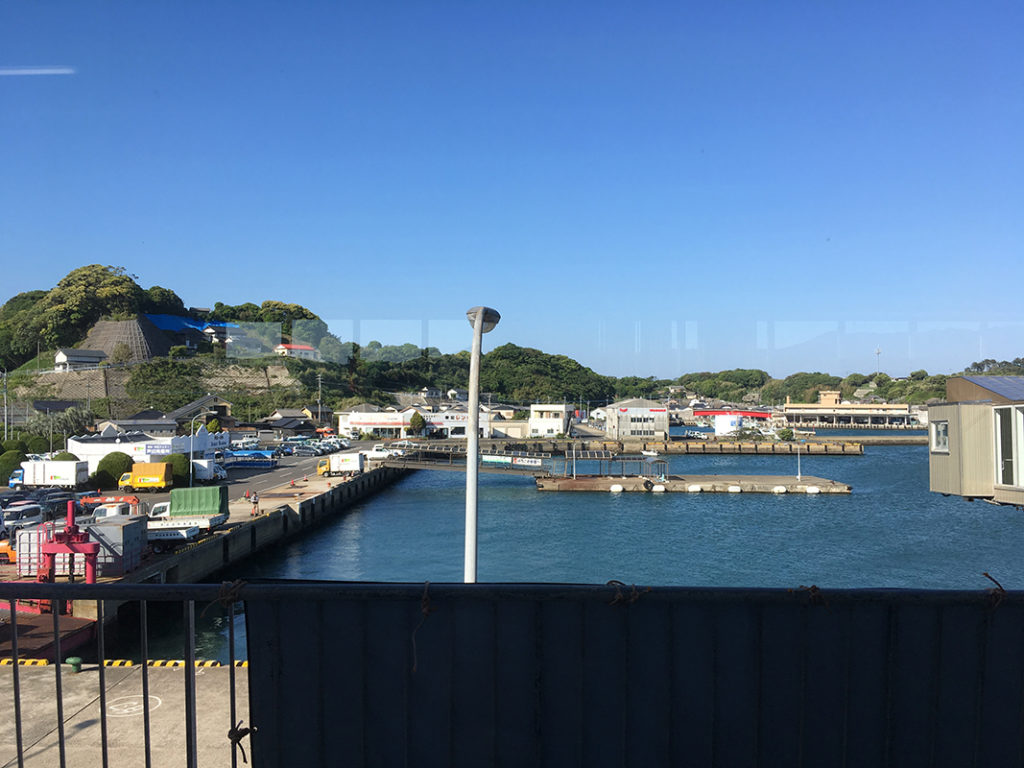
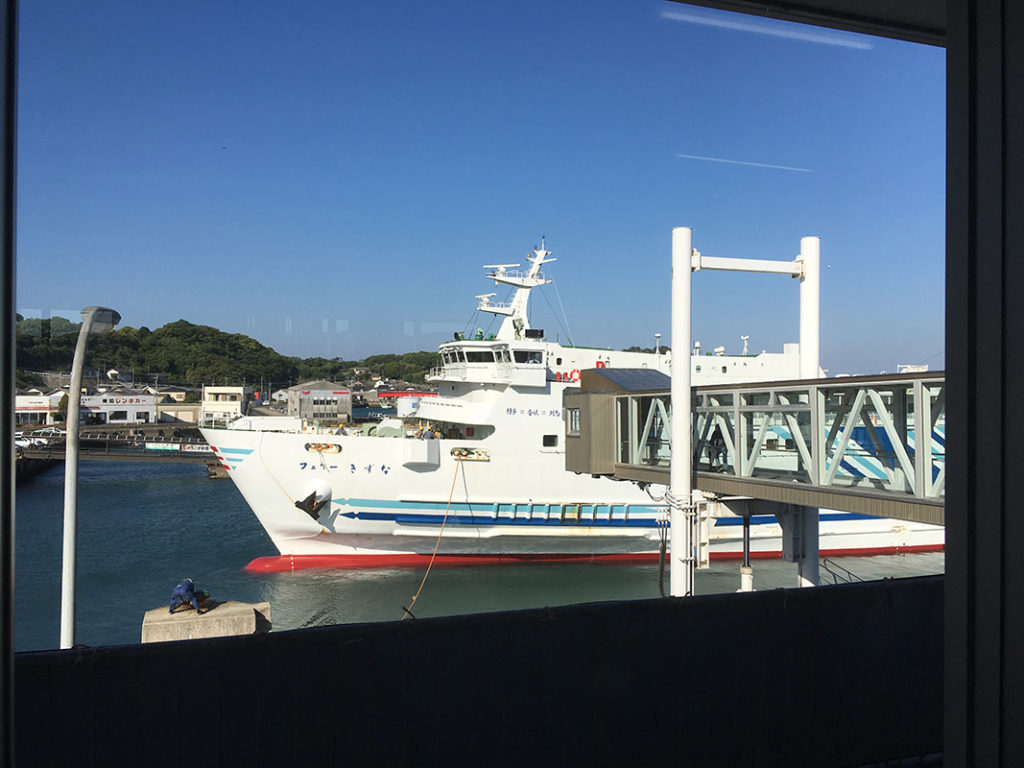
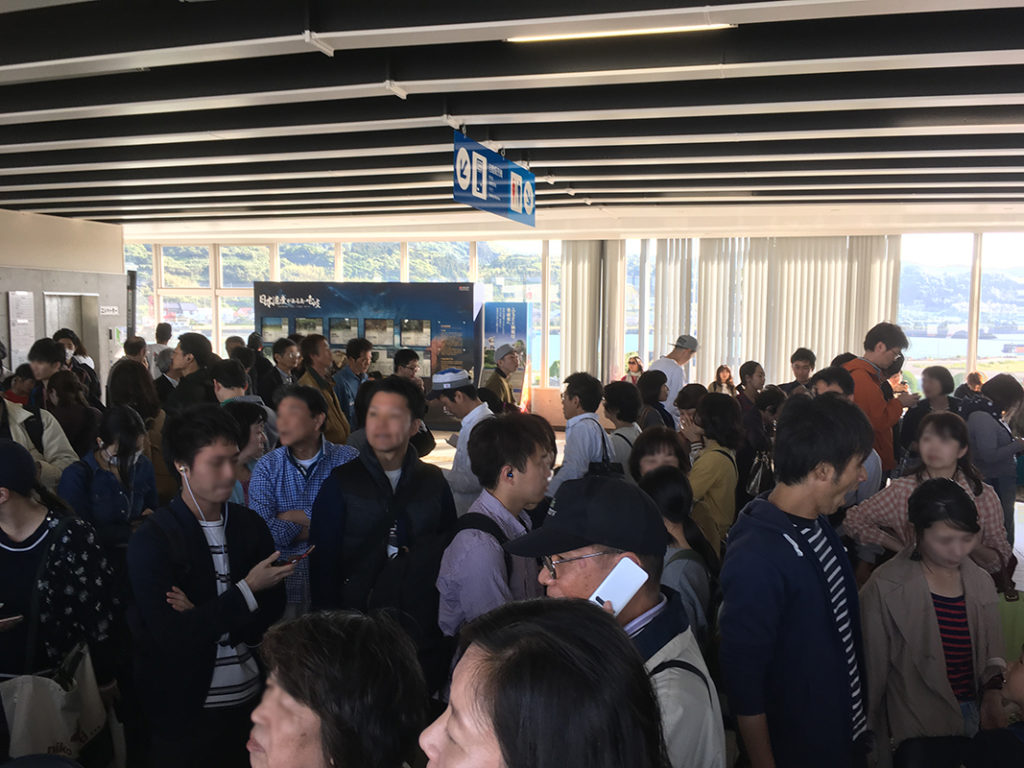
Where did all these people come from?! XD
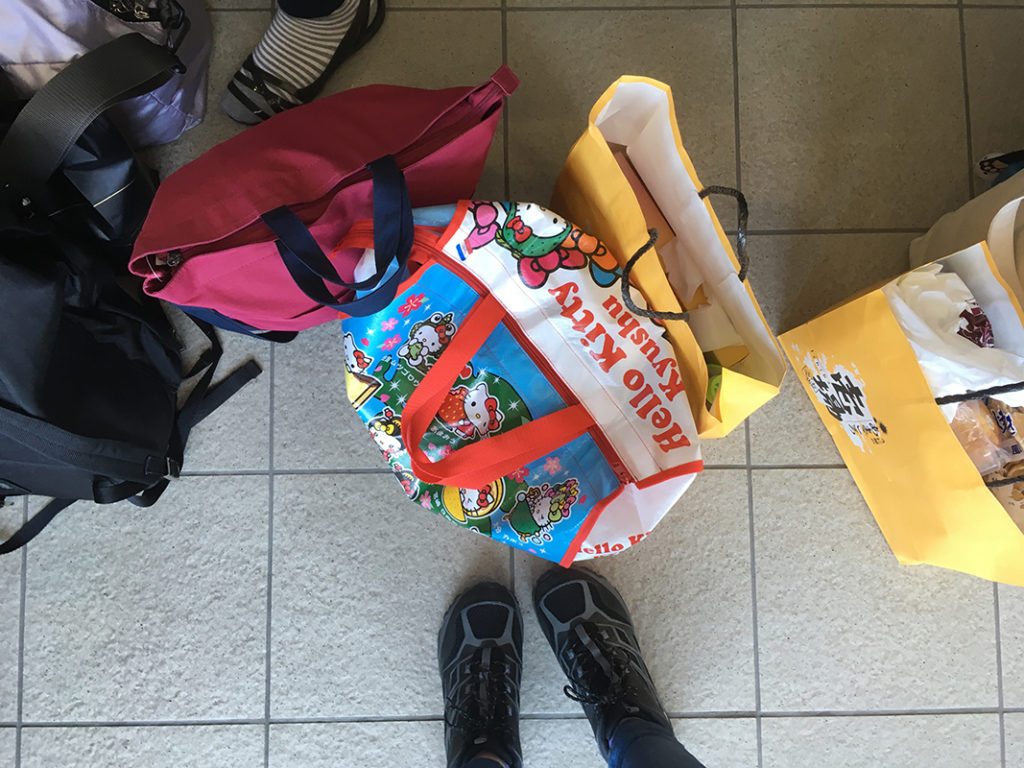
The Japanese started lining up way in advance of boarding time, putting their luggage in a line and so forth, so we followed suit and managed to be a part of the first few groups boarding when the time came. In the meantime, we just snacked, chatted, and did a bit of studying.
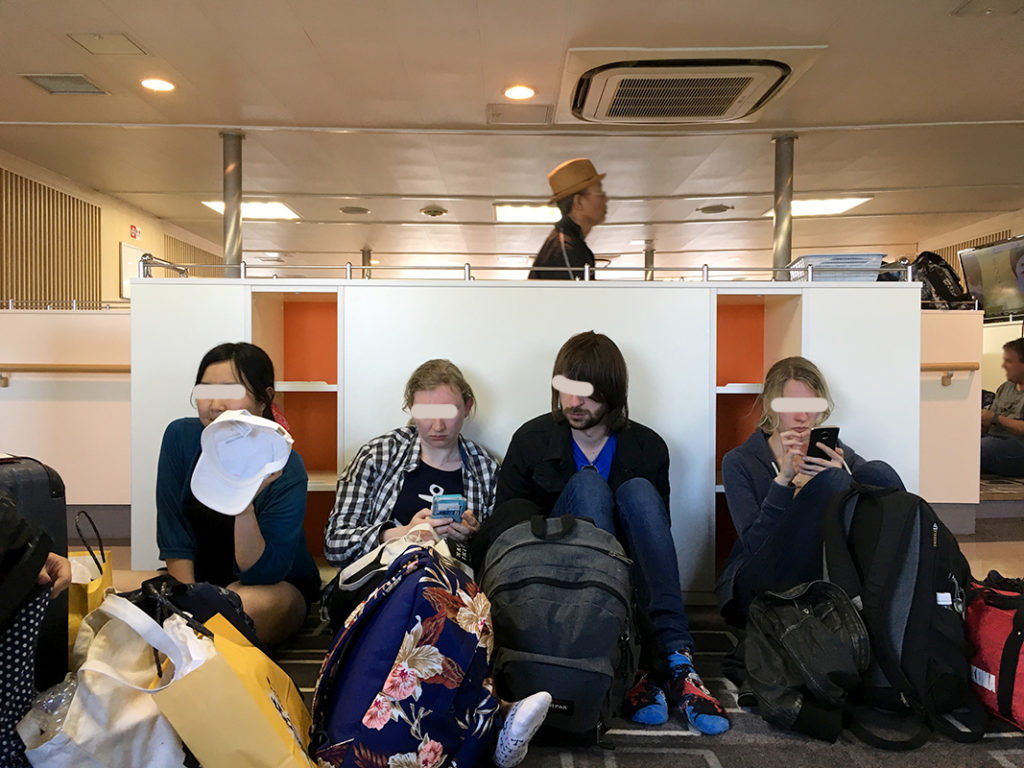
On board, we were all instructed to go inside because the wind and waves were stronger, so we staked out a place and I resolved to nap like I had seen the Japanese do, because maybe that would help keep me from getting nauseous this time.
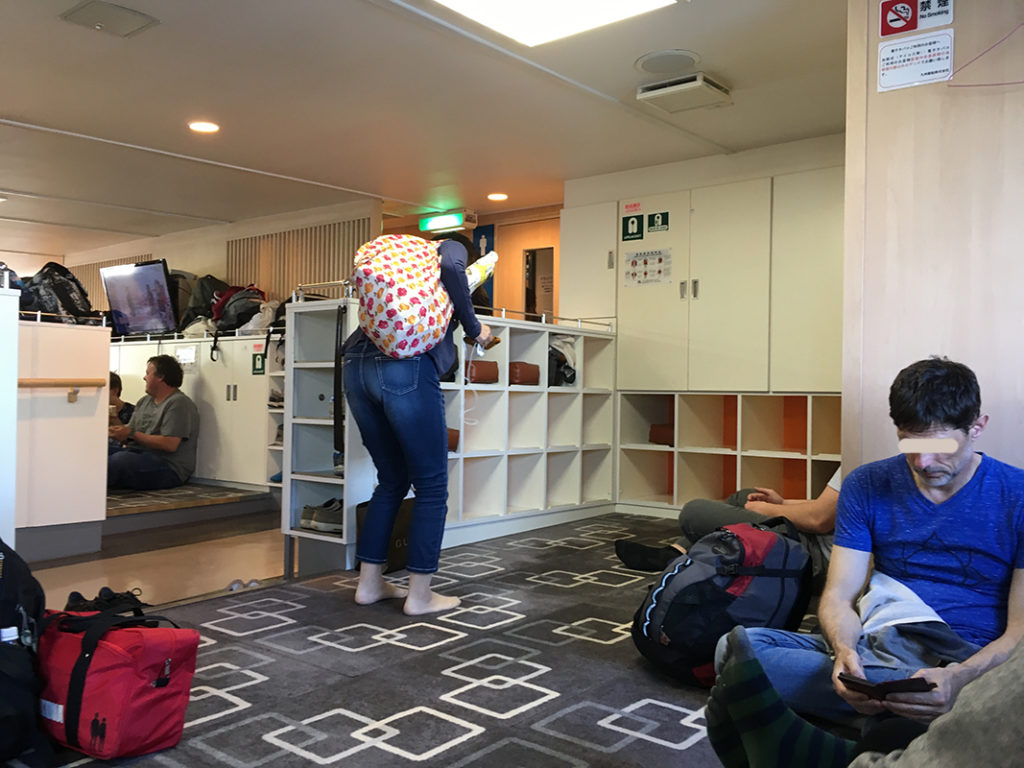
These little sections were quite nice actually! You take your shoes off and put them in cubbies, and your luggage can go on the top racks or in the cubbies if you don’t want to keep it with you. There are also some cushions that you can use to sit or sleep on. I used one to support my lower back while I leaned against my backpack (a makeshift pillow).
Since it was warm inside, I took off my outer layers so I wouldn’t overheat and get nauseous, and just napped and dozed until we were nearing Hakata Port. At that point, I finished off the rest of my lunch from the previous day and filled out a feedback form.
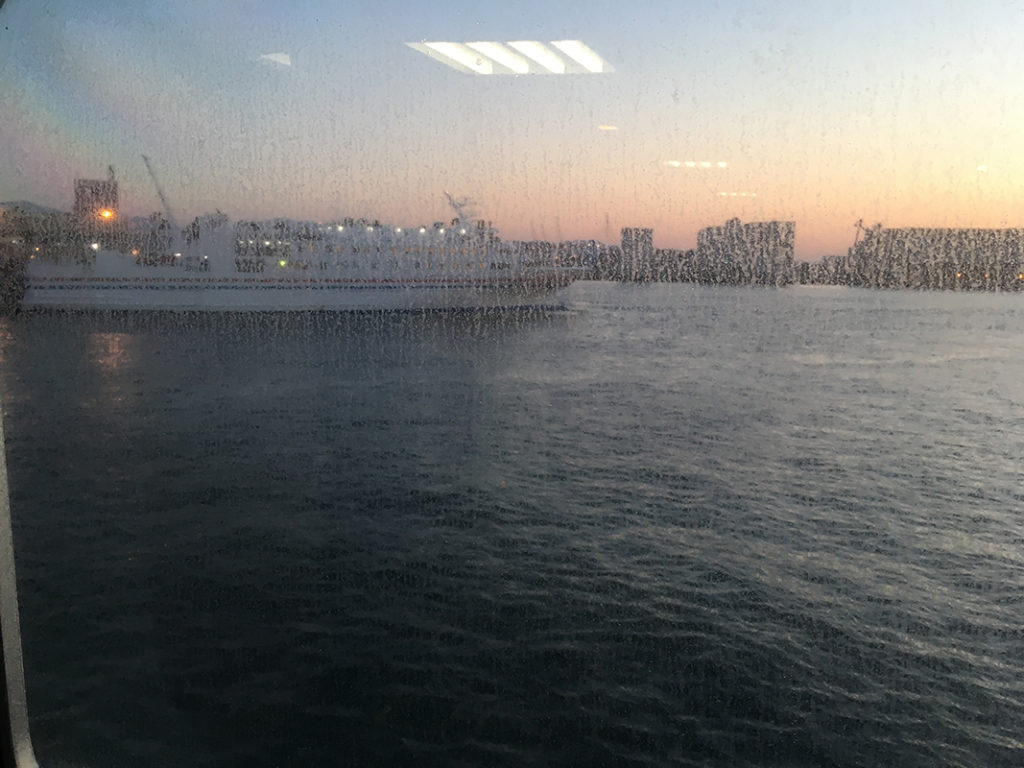
Back in Fukuoka, we made our way to the bus stop and parted ways. Most of us headed for Hakata Station; Hyun Sook and some others stayed to go to an onsen. She looked sad to leave me! I was a bit sad too. Maybe she was concerned about my bags… But it would have been nice to get to hang out with her more. She is really nice. I sent her a message later on LINE thanking her.
Back at the station, Katiya and I reconnected, and with a few other Sharely Style residents, we boarded a train back to Sasabaru Station and walked back. Katiya and I planned to meet the next day for dinner, since I had Kendall’s sushi coupon. She invited me to go to Ohori Park with her as well but I had to decline because I knew I would need to unwind, pack, and clean my room.
However, because it was on my mind, I ended up doing the majority of my packing that night! It made for a smoother morning, I think, because most of what I had to do then was just cleaning.
All in all, it was a great experience. The views on Iki Island were beautiful. The towns were cute. There is so much nature and so many rice paddies there. (The island actually produces a huge portion of the rice in Nagasaki Prefecture!) It’s definitely a nice place to visit if you’re in Fukuoka and want to do some exploring across the sea.
